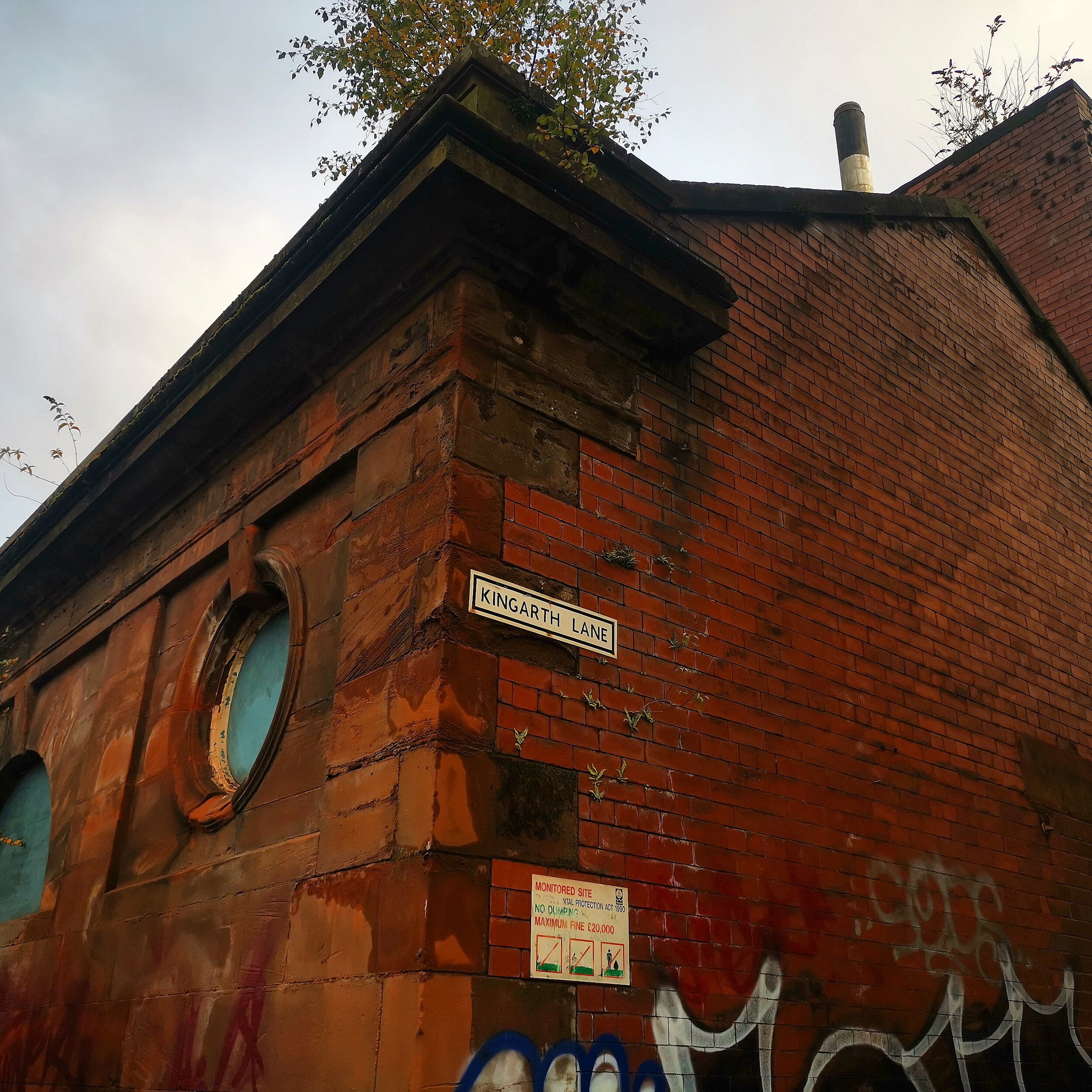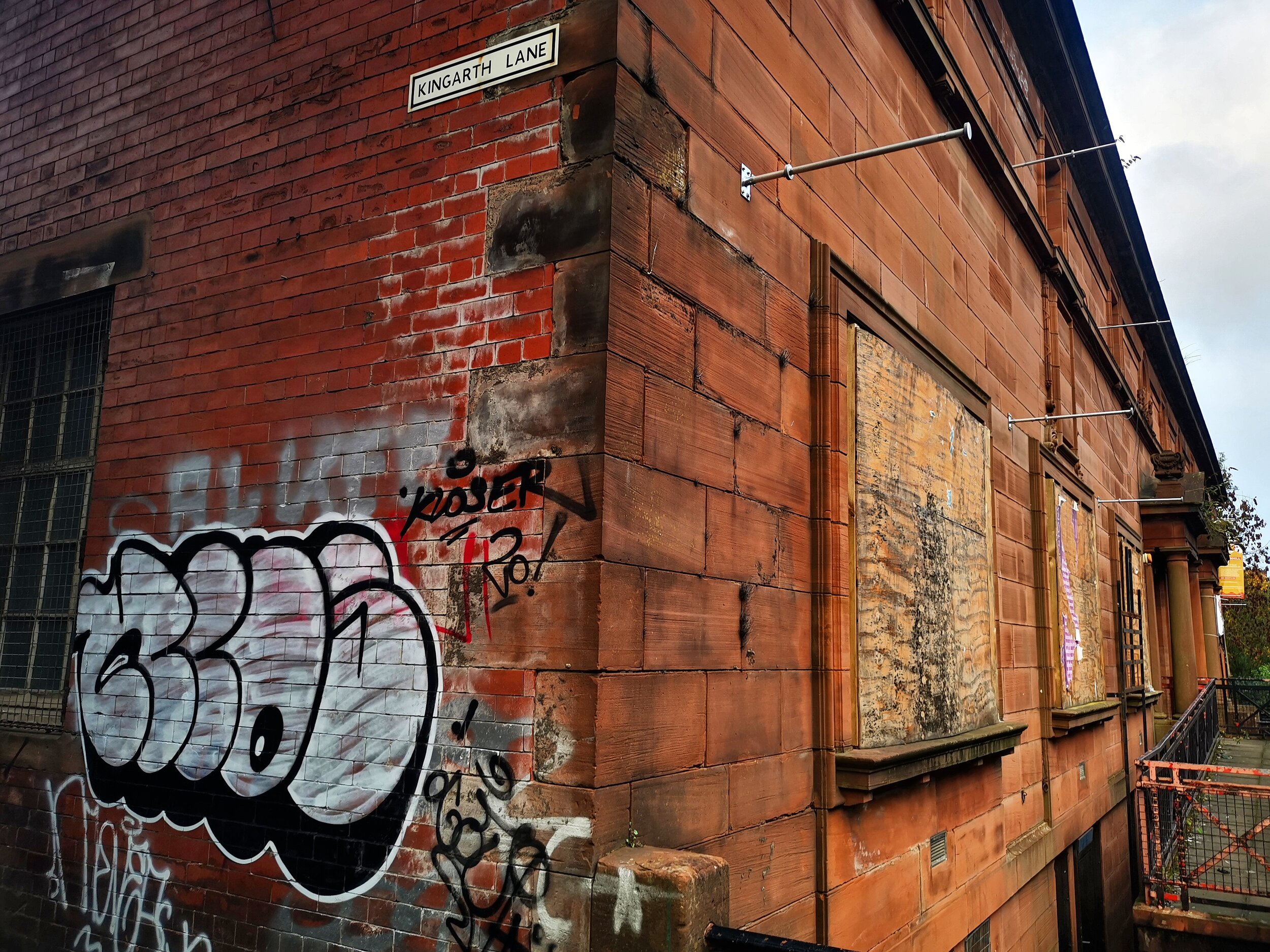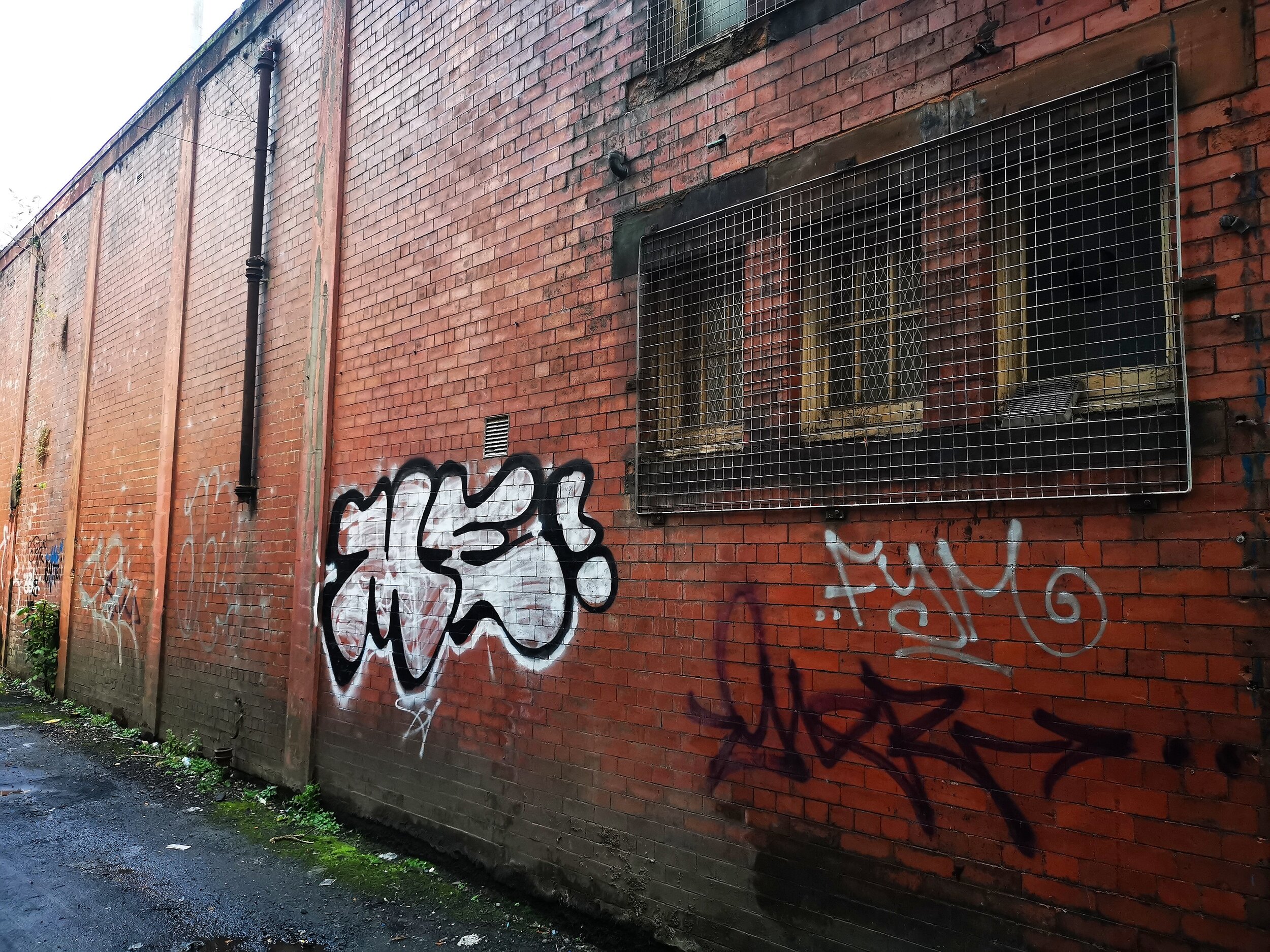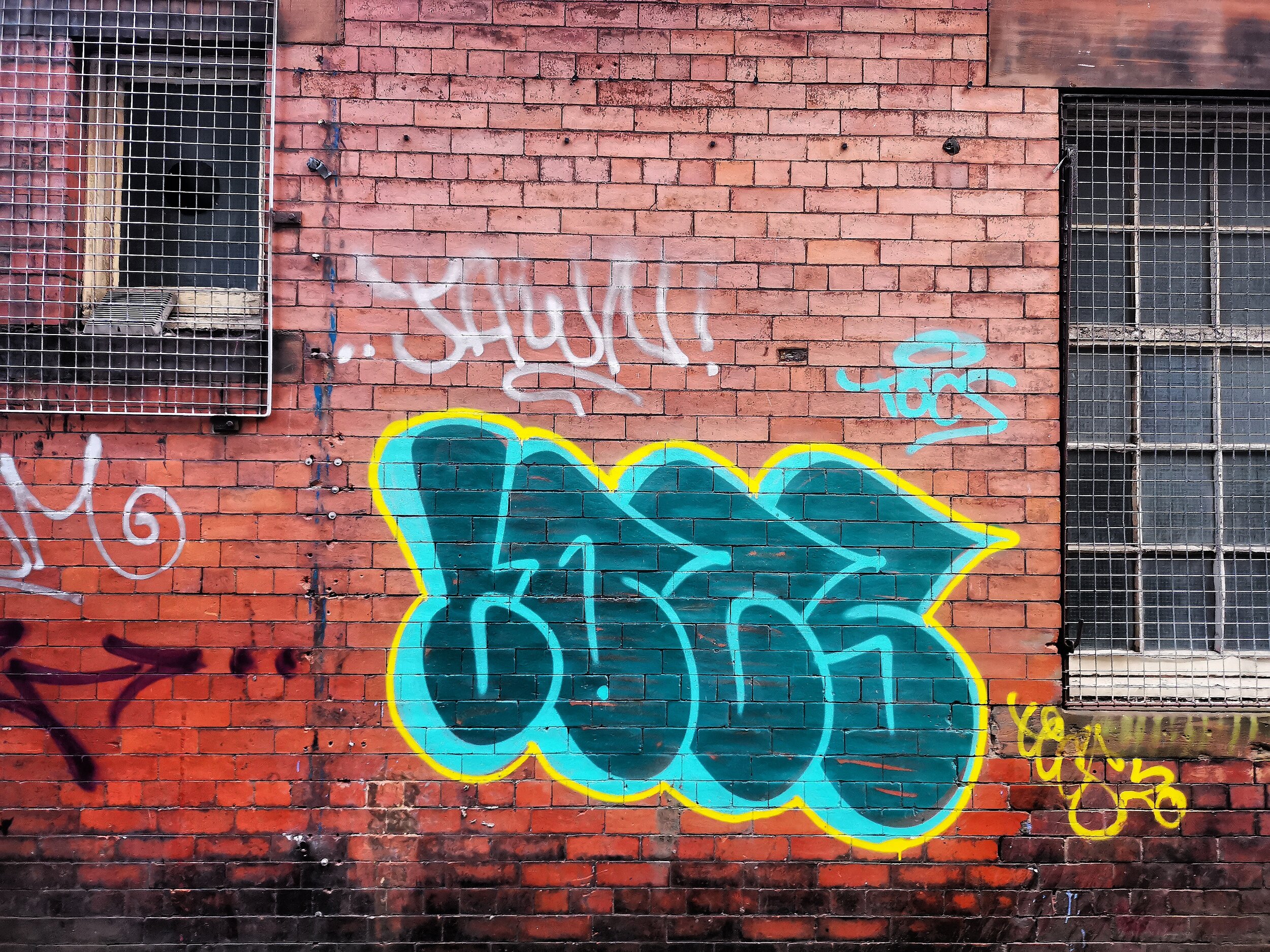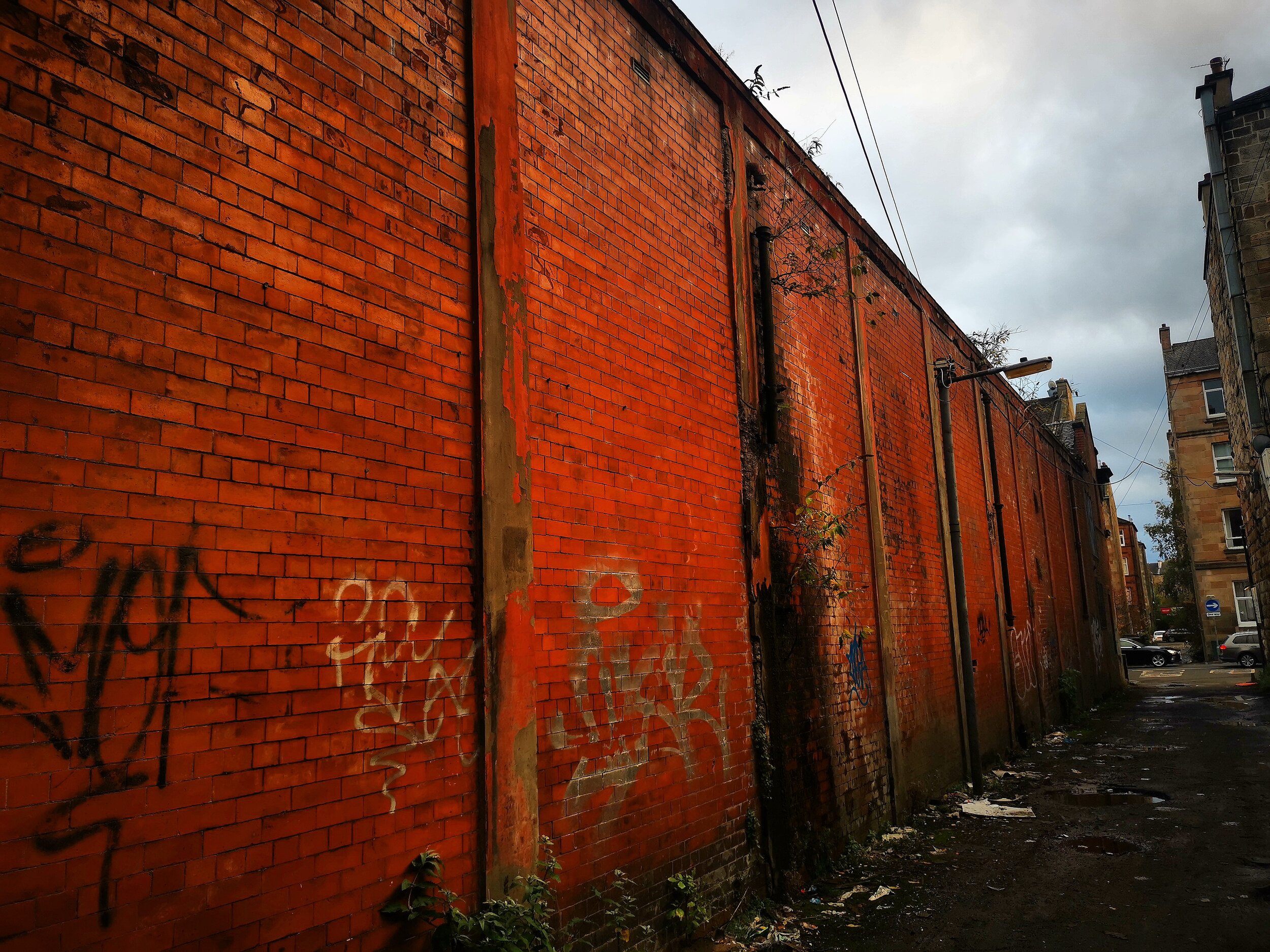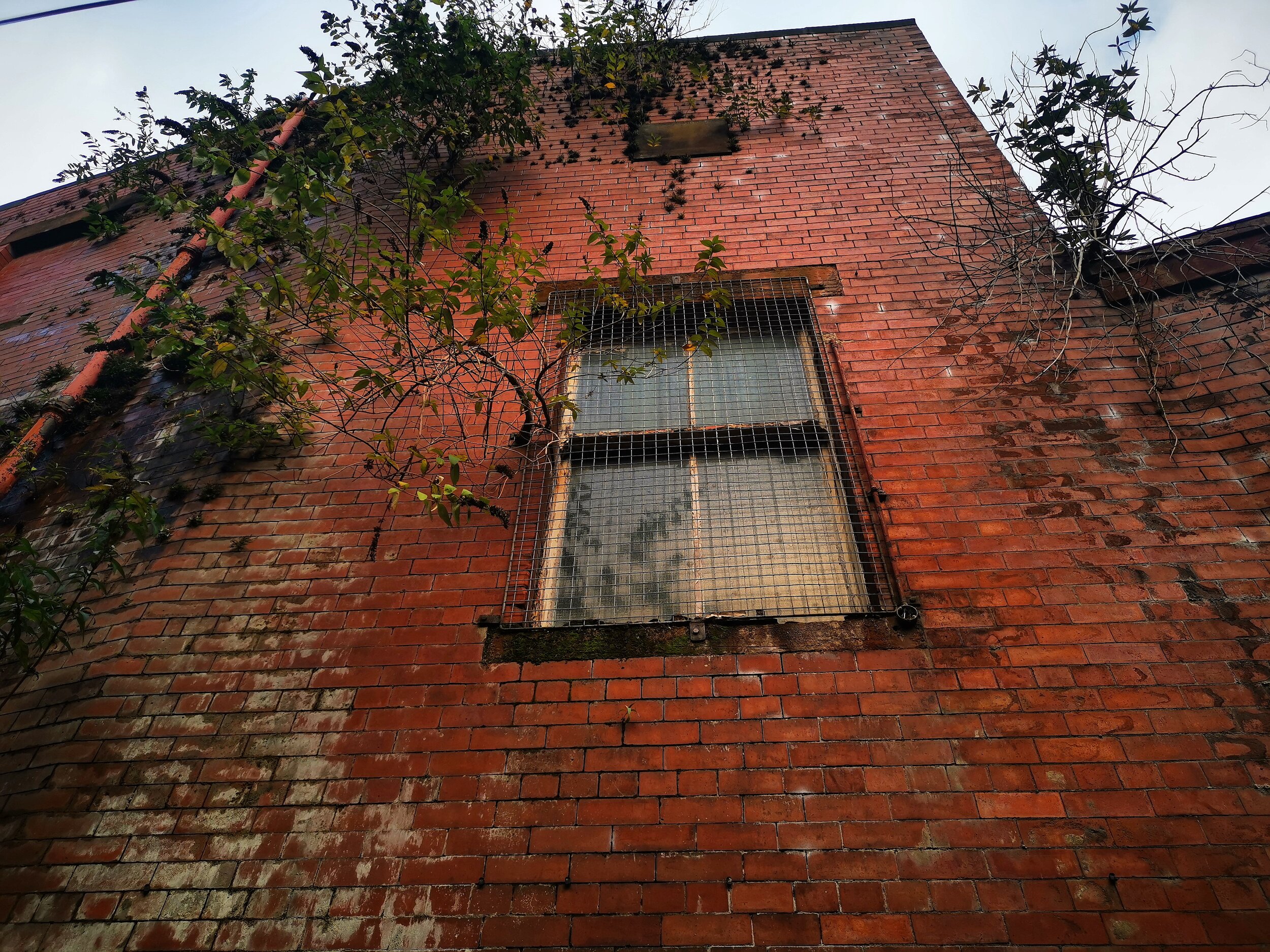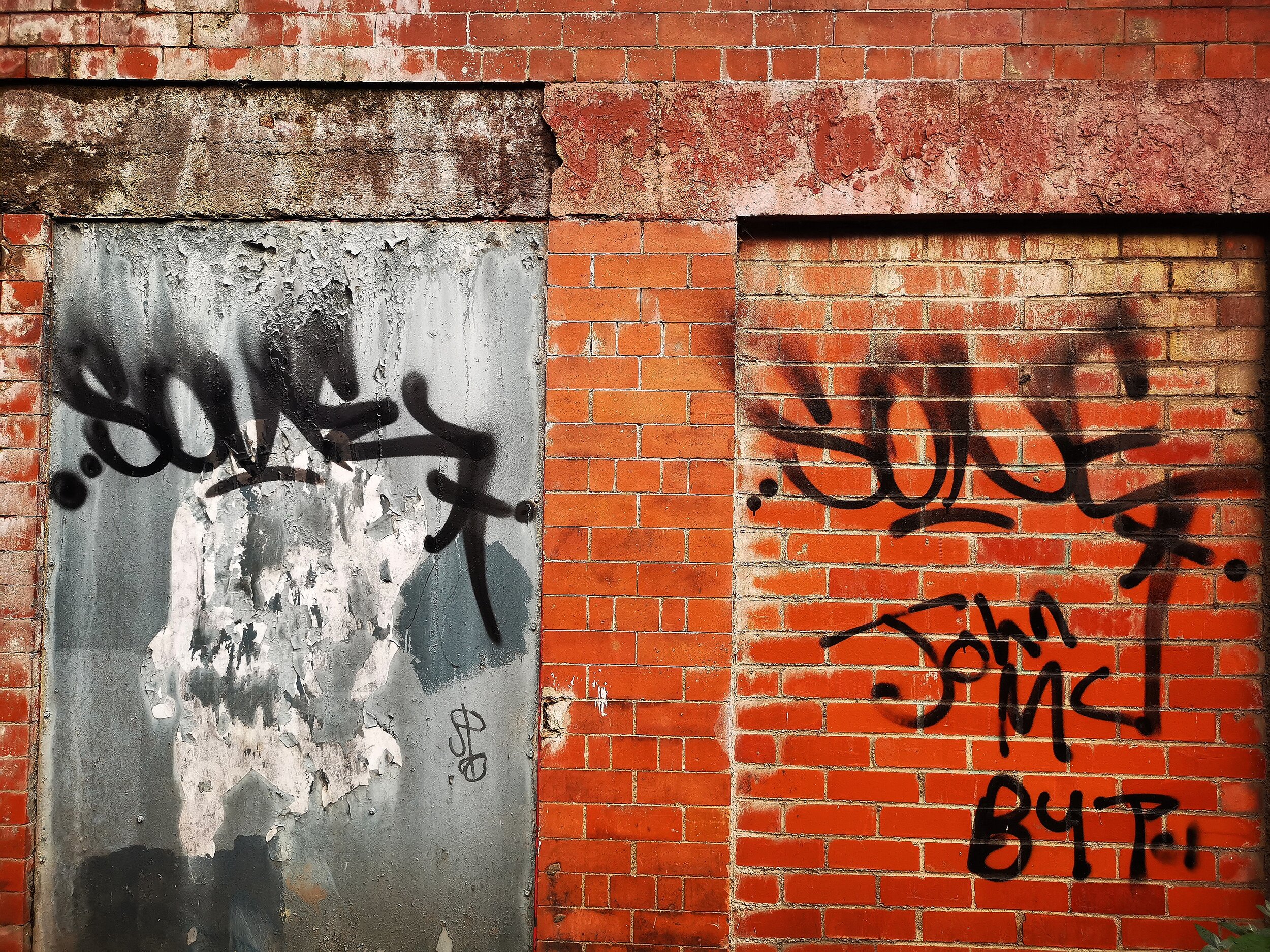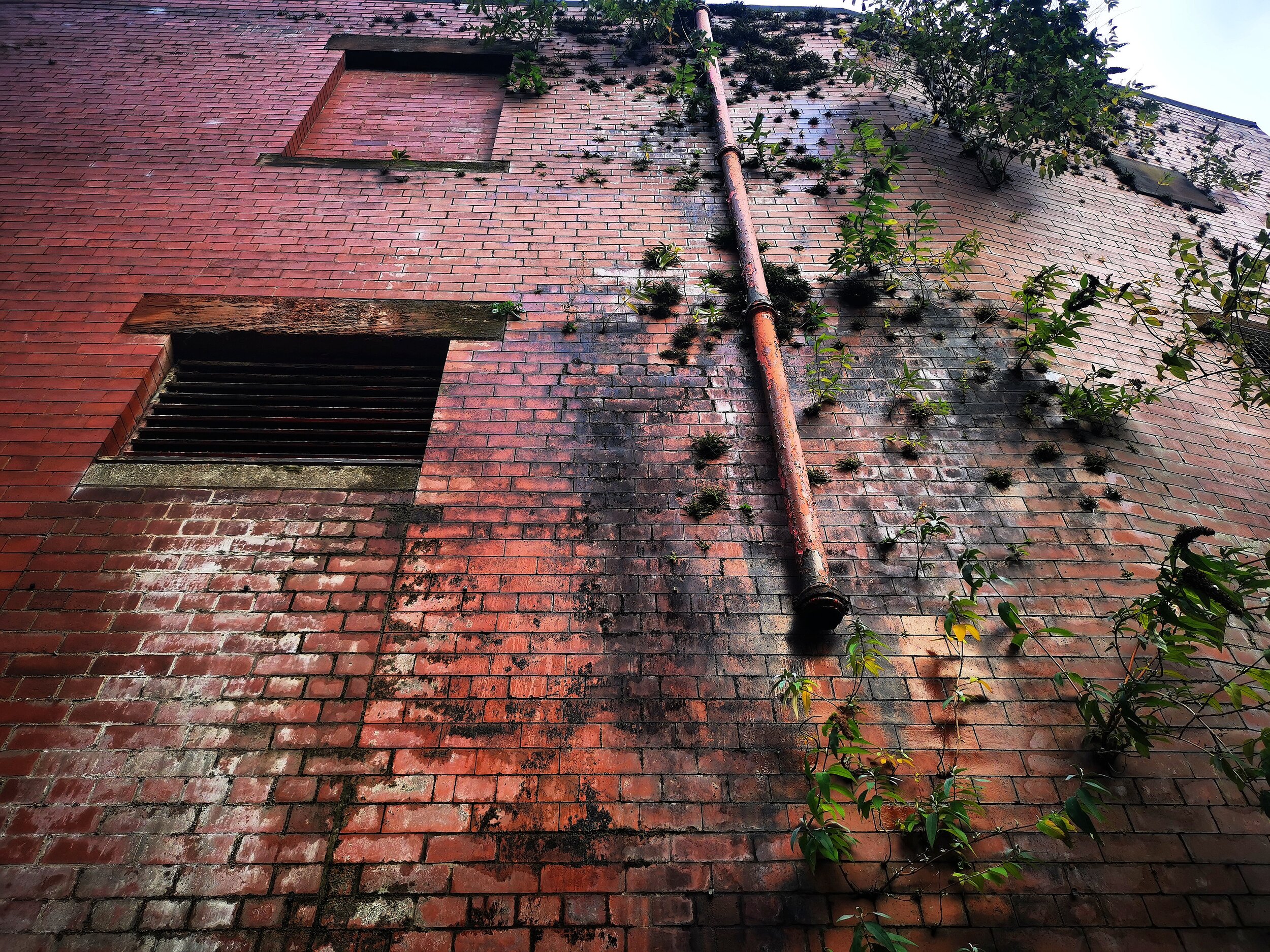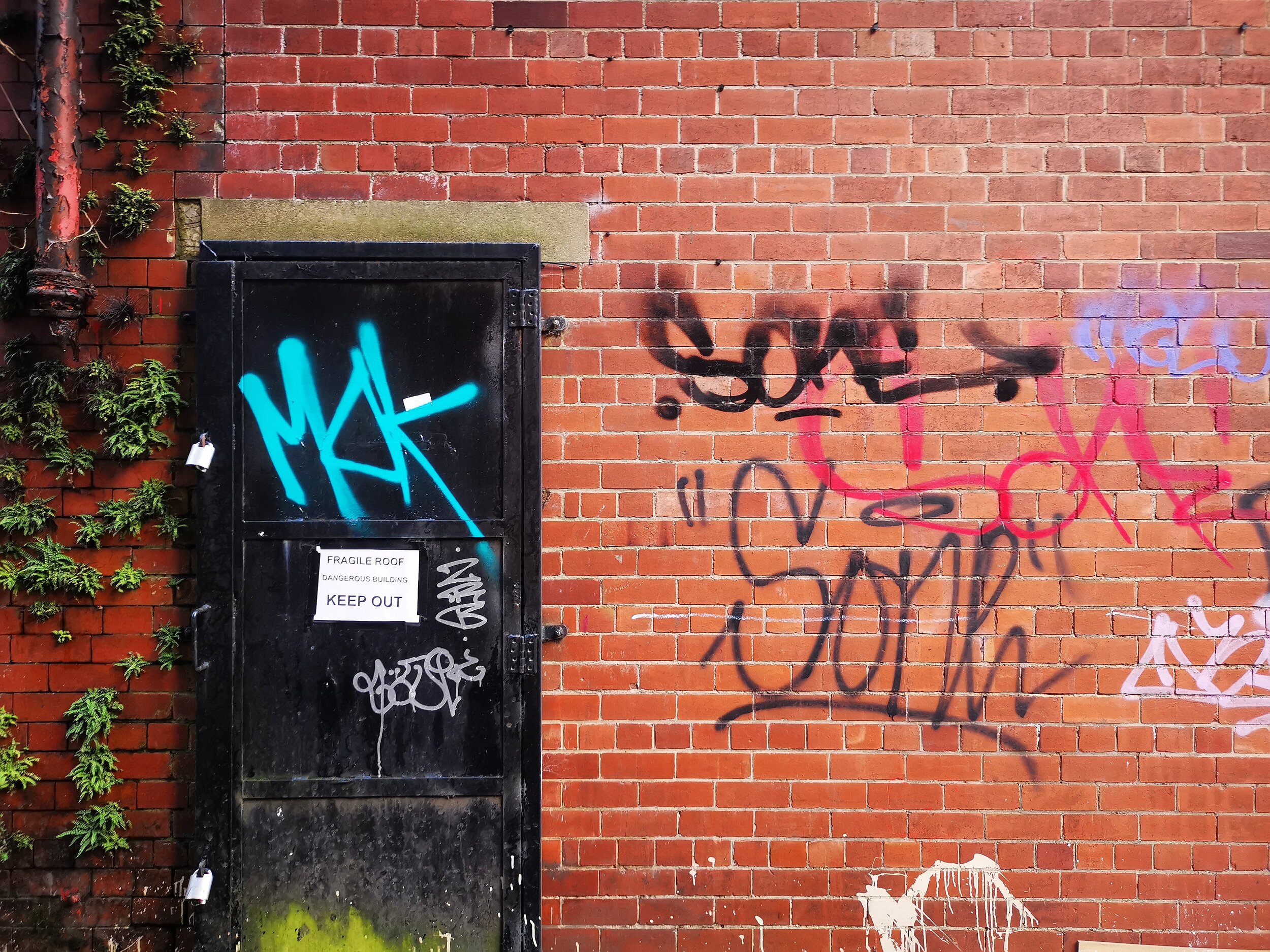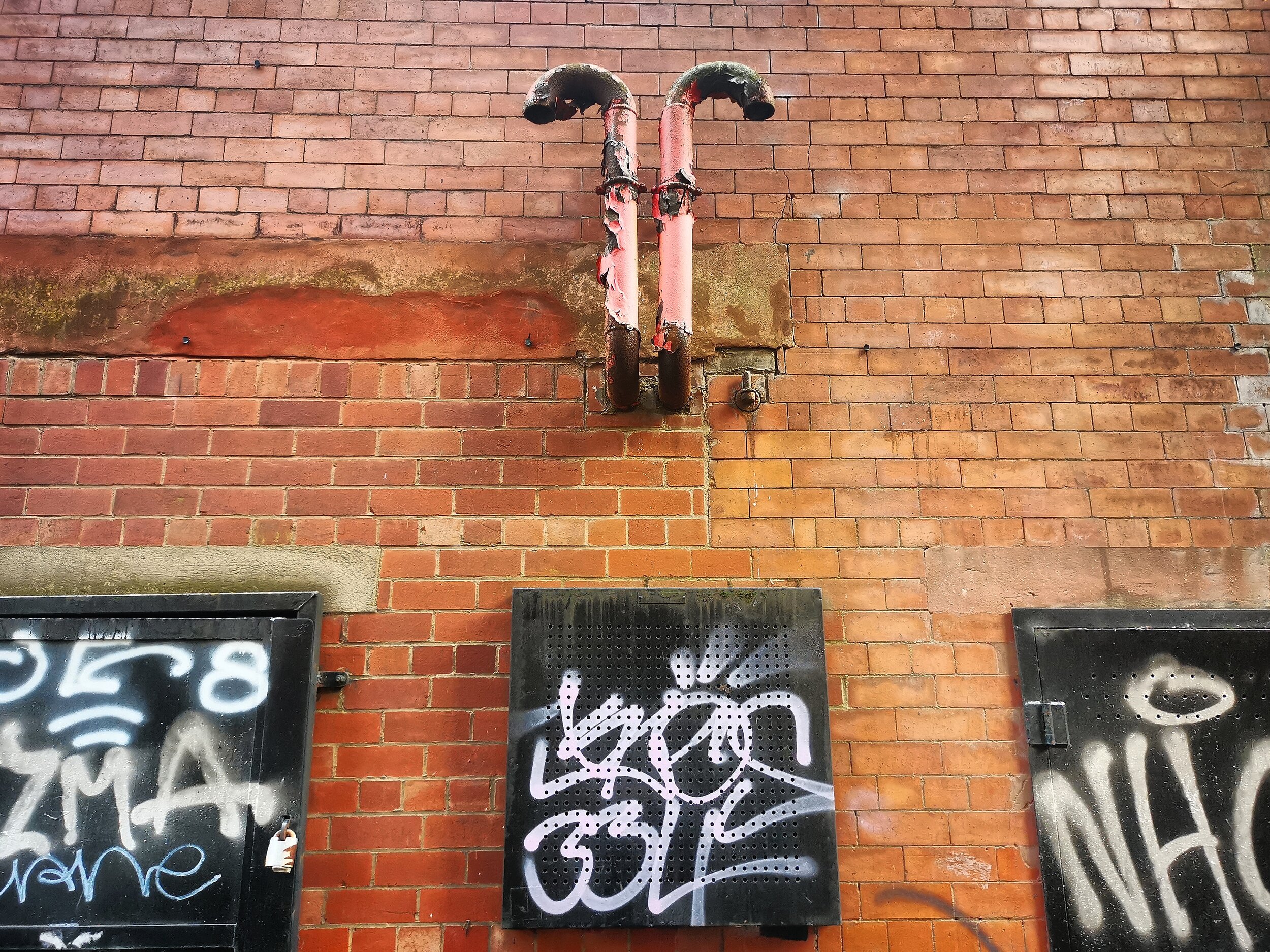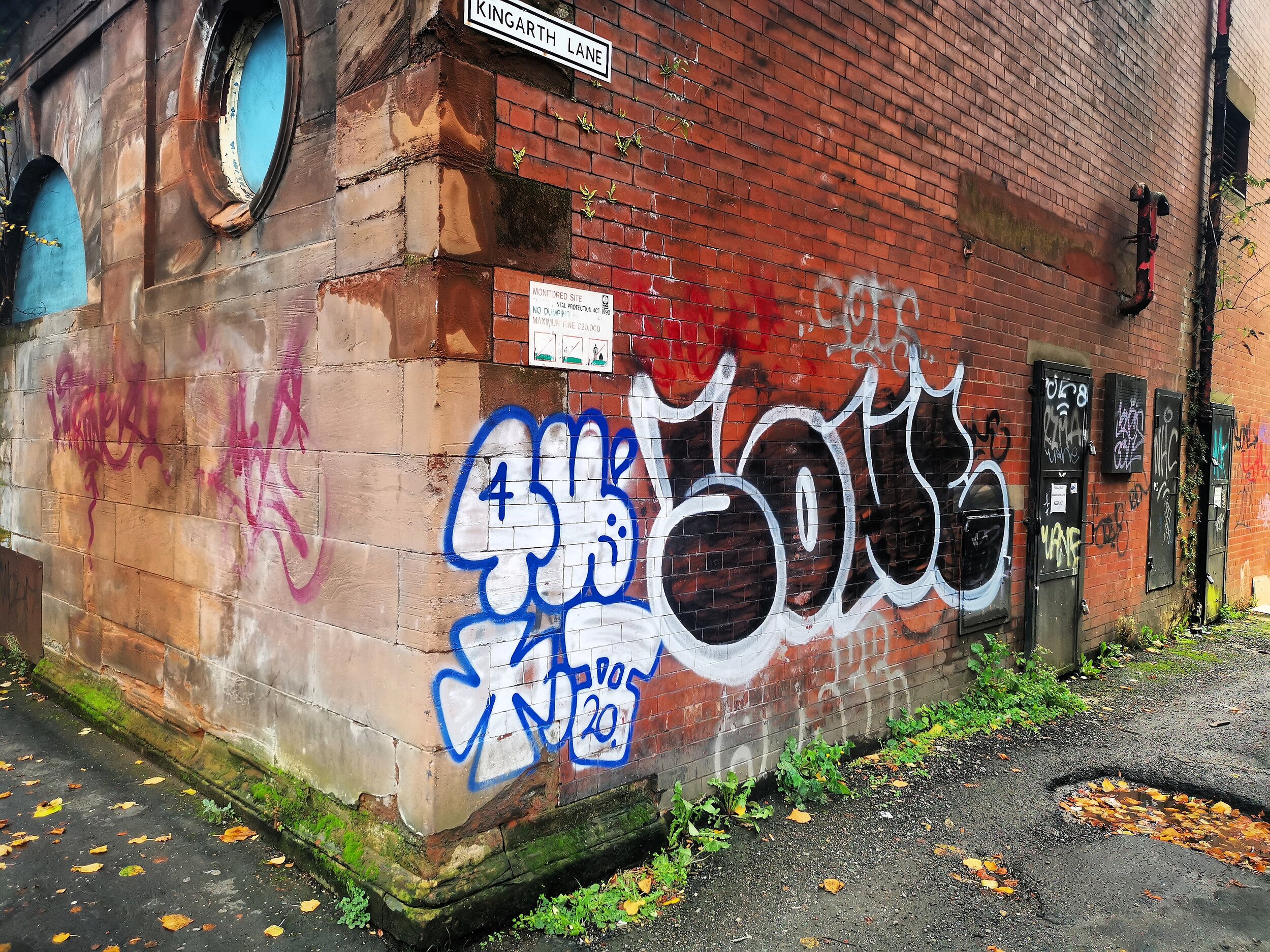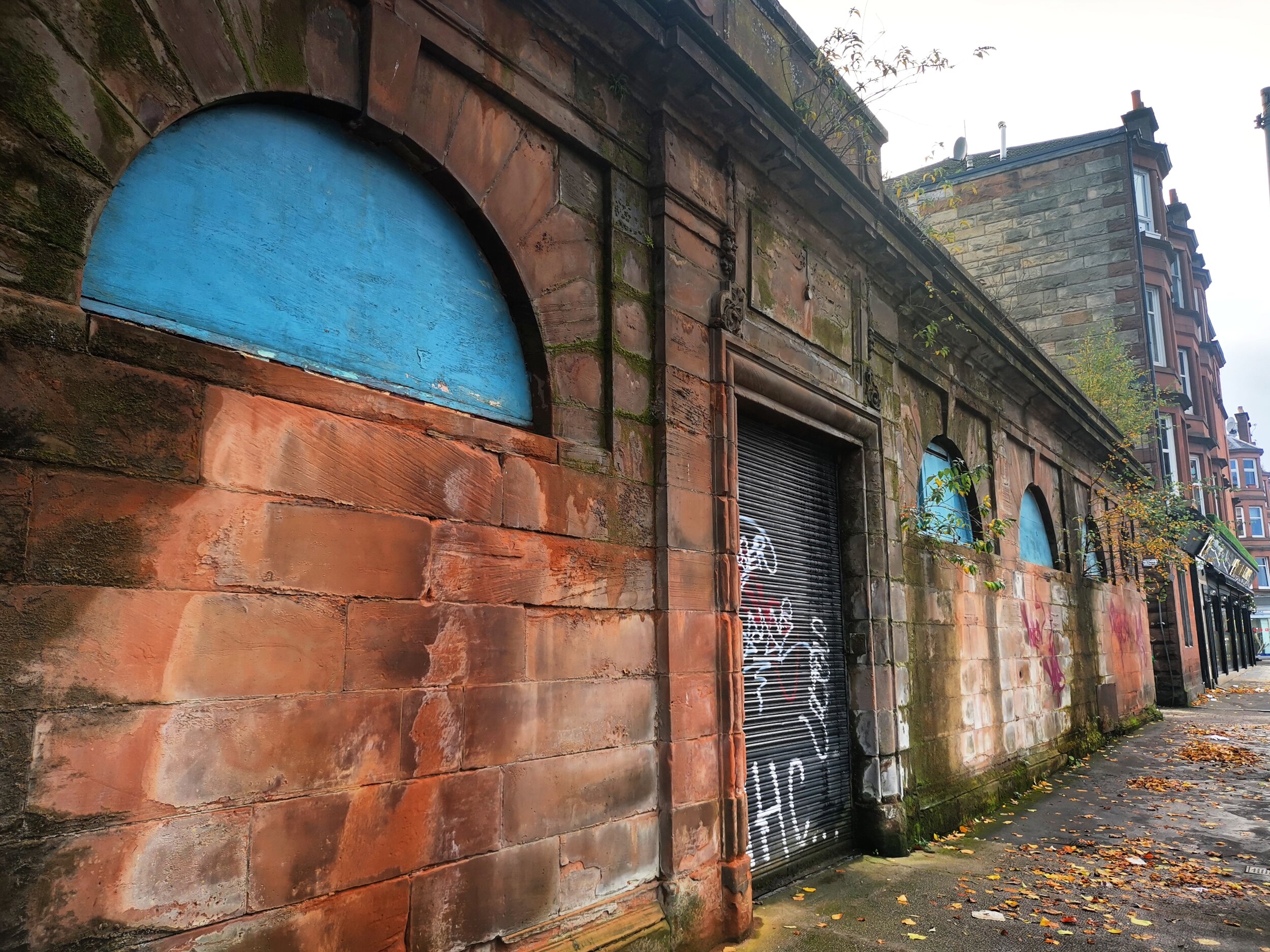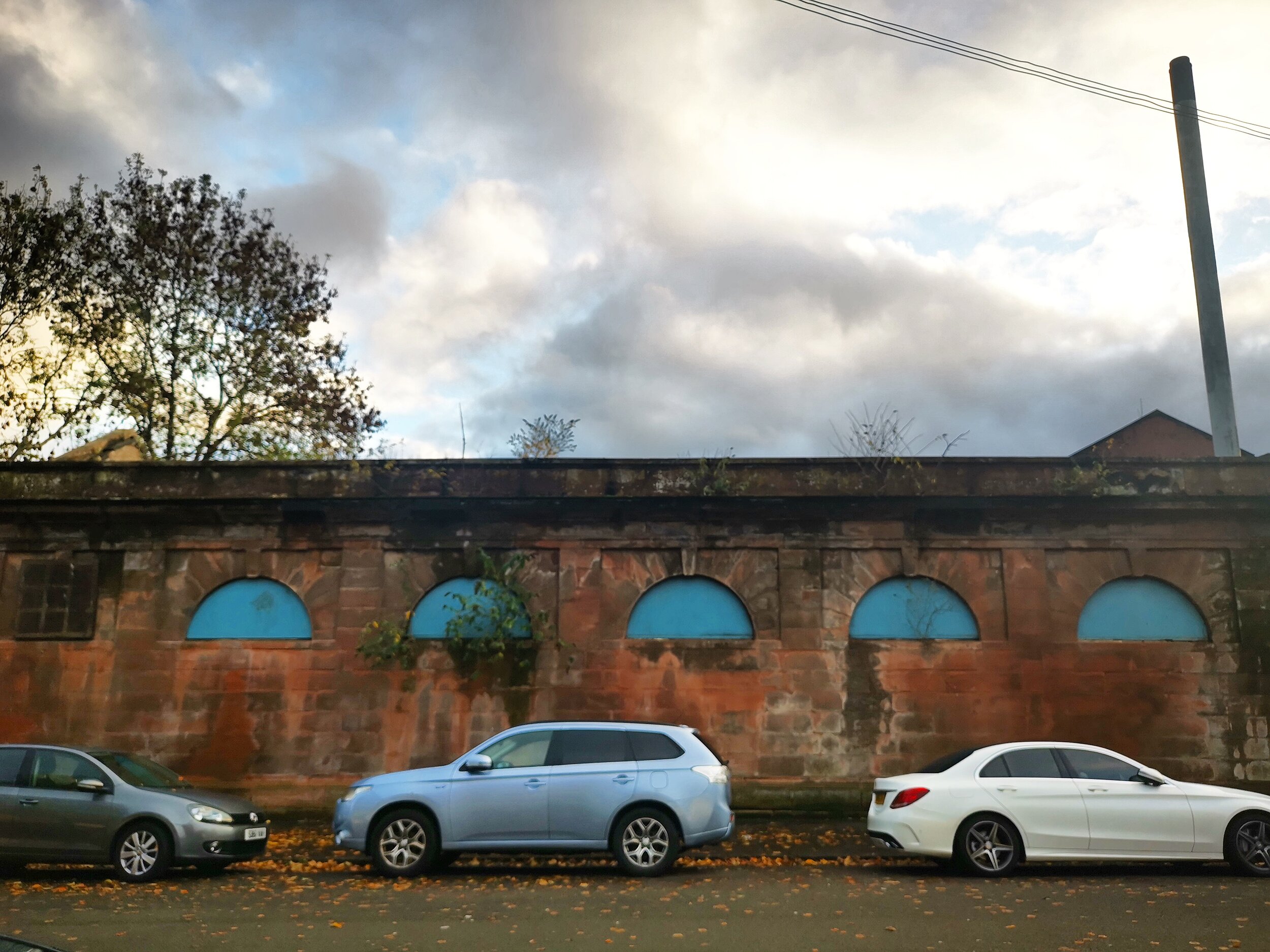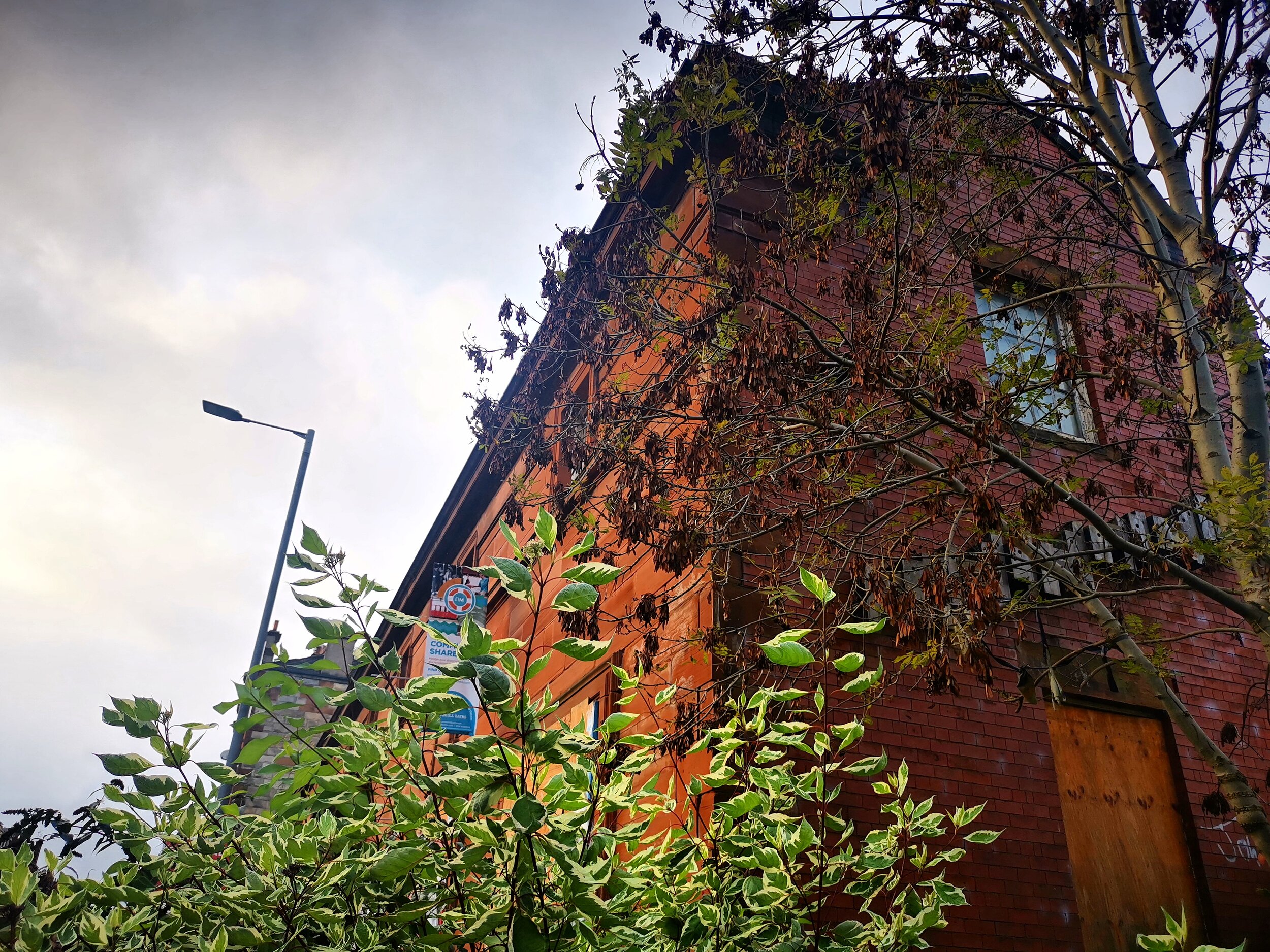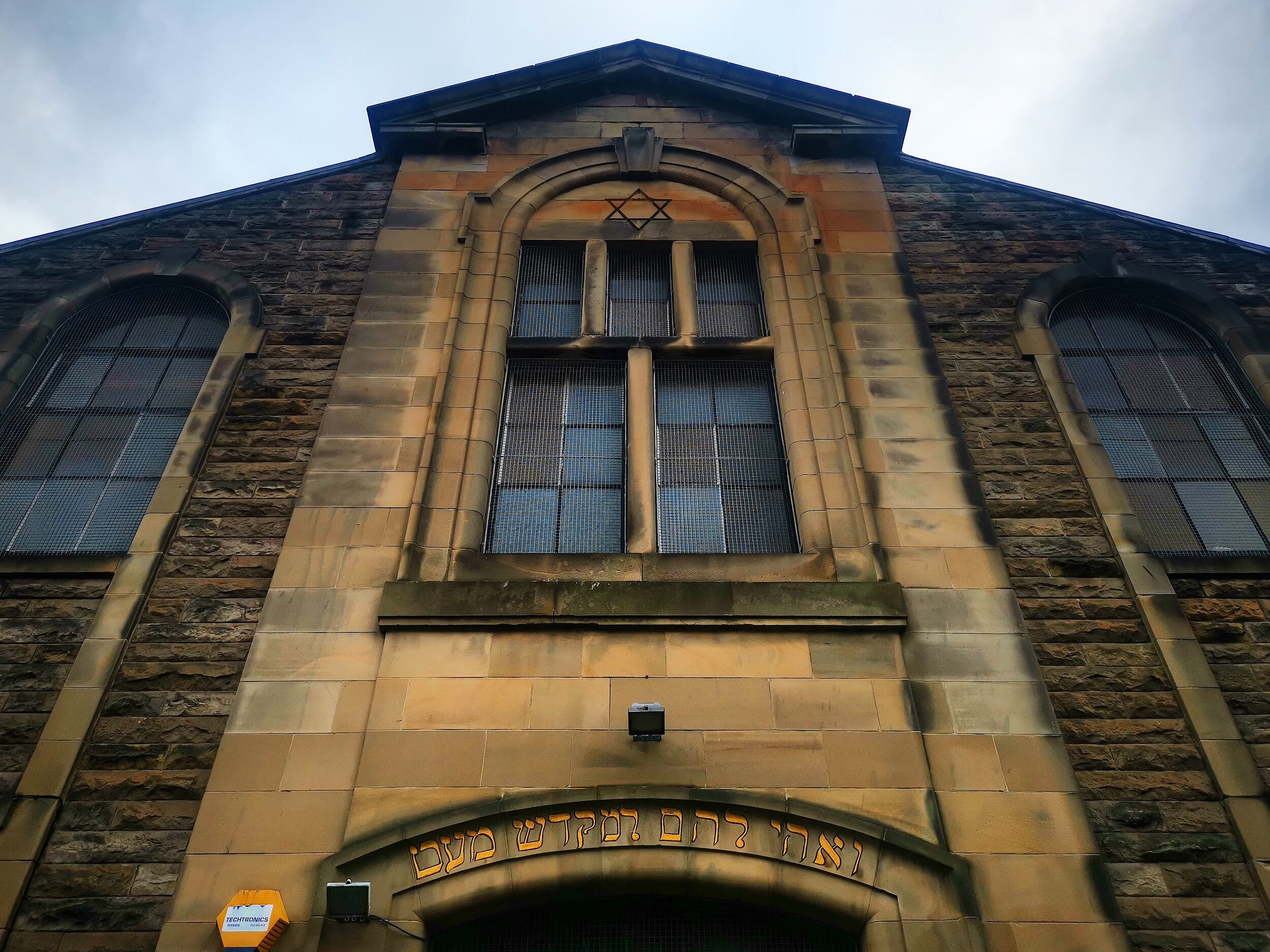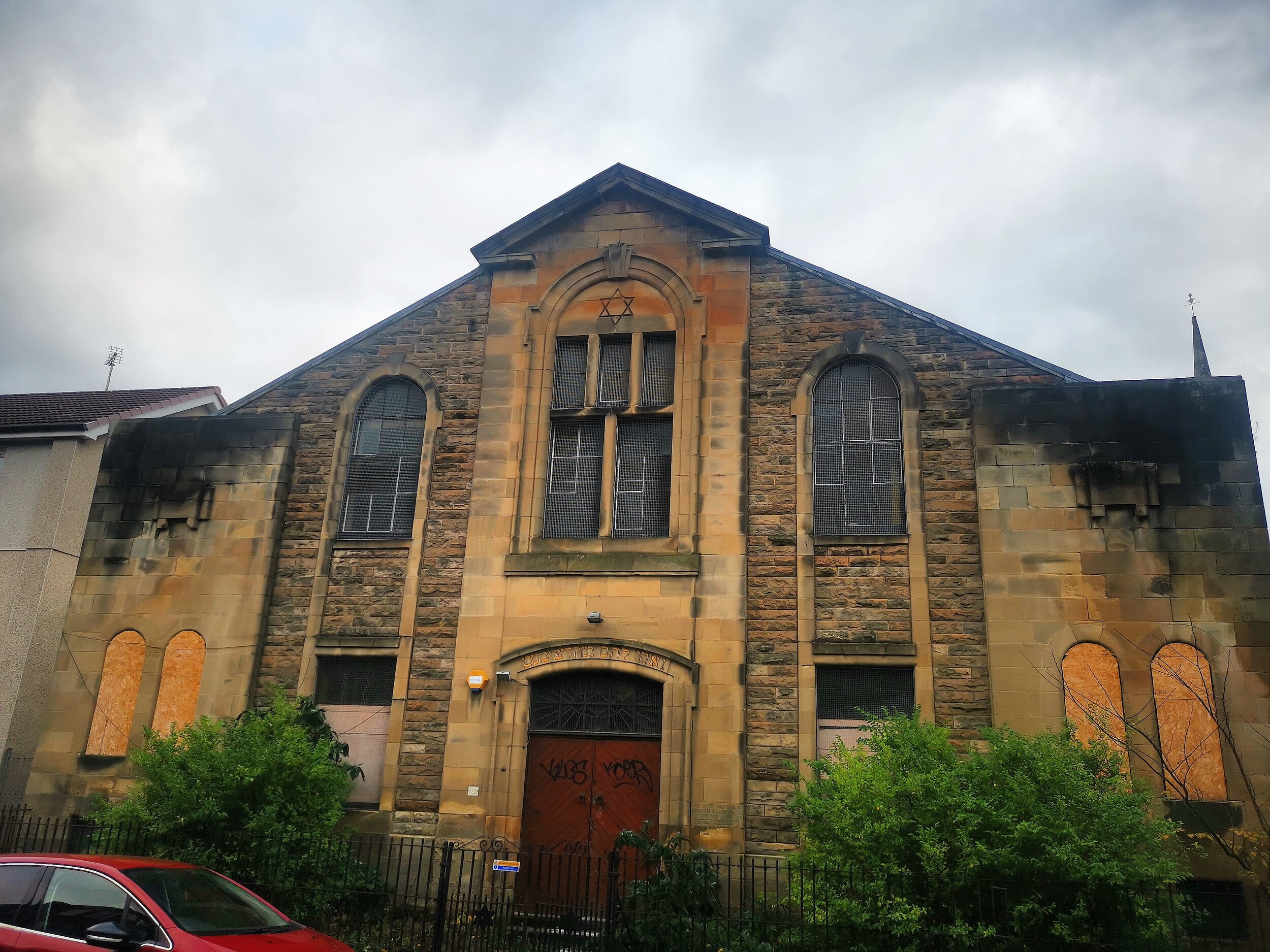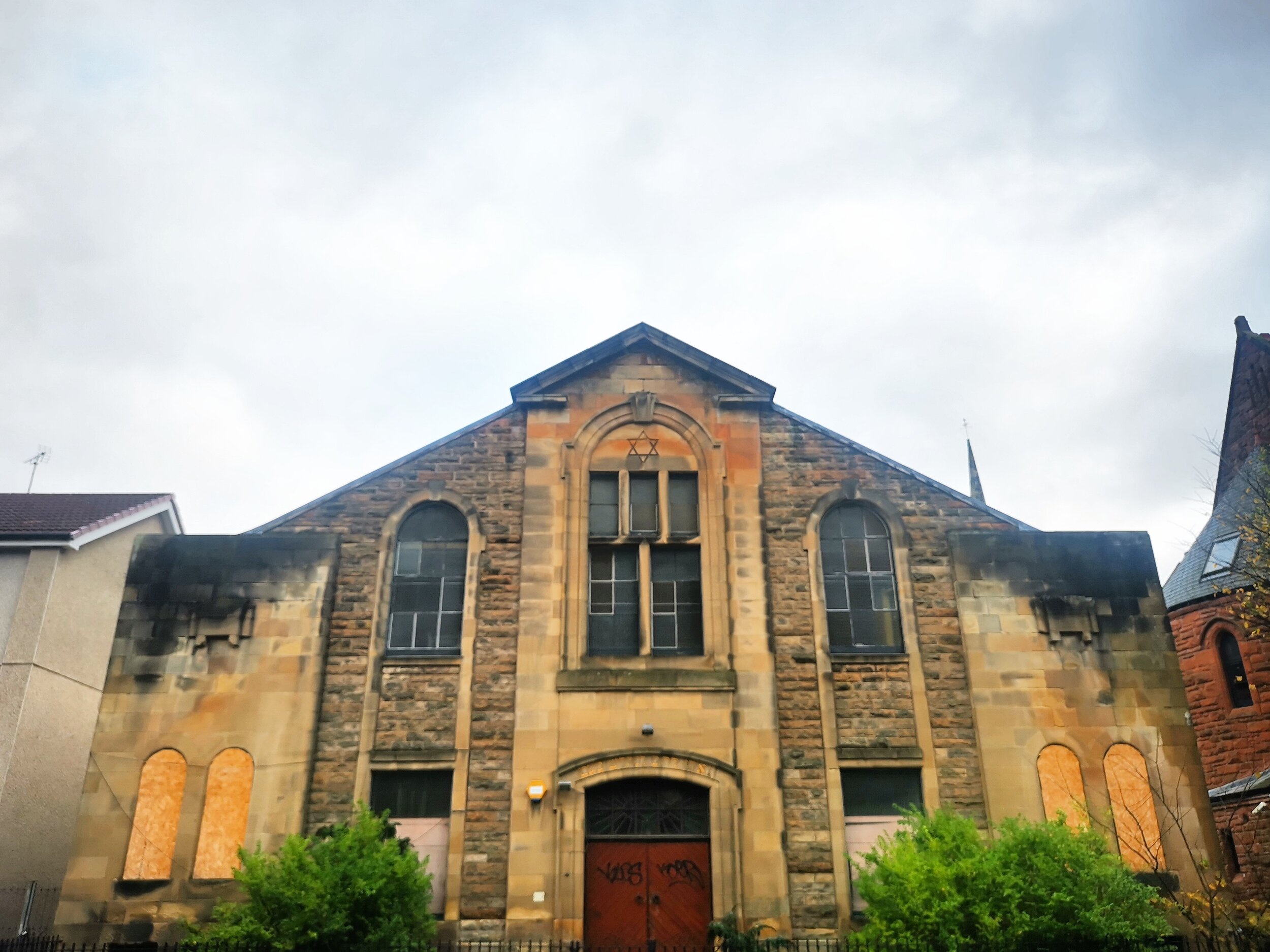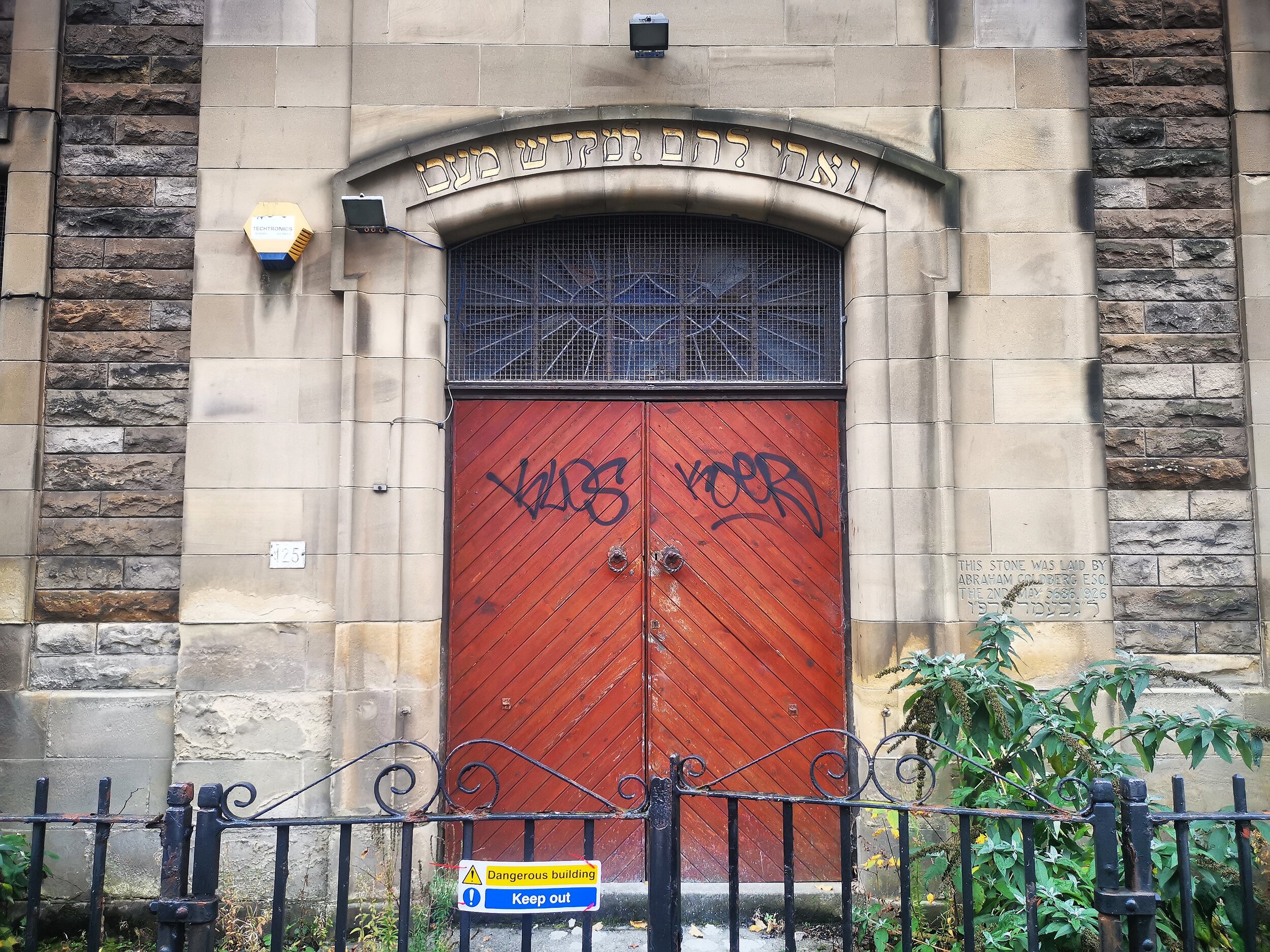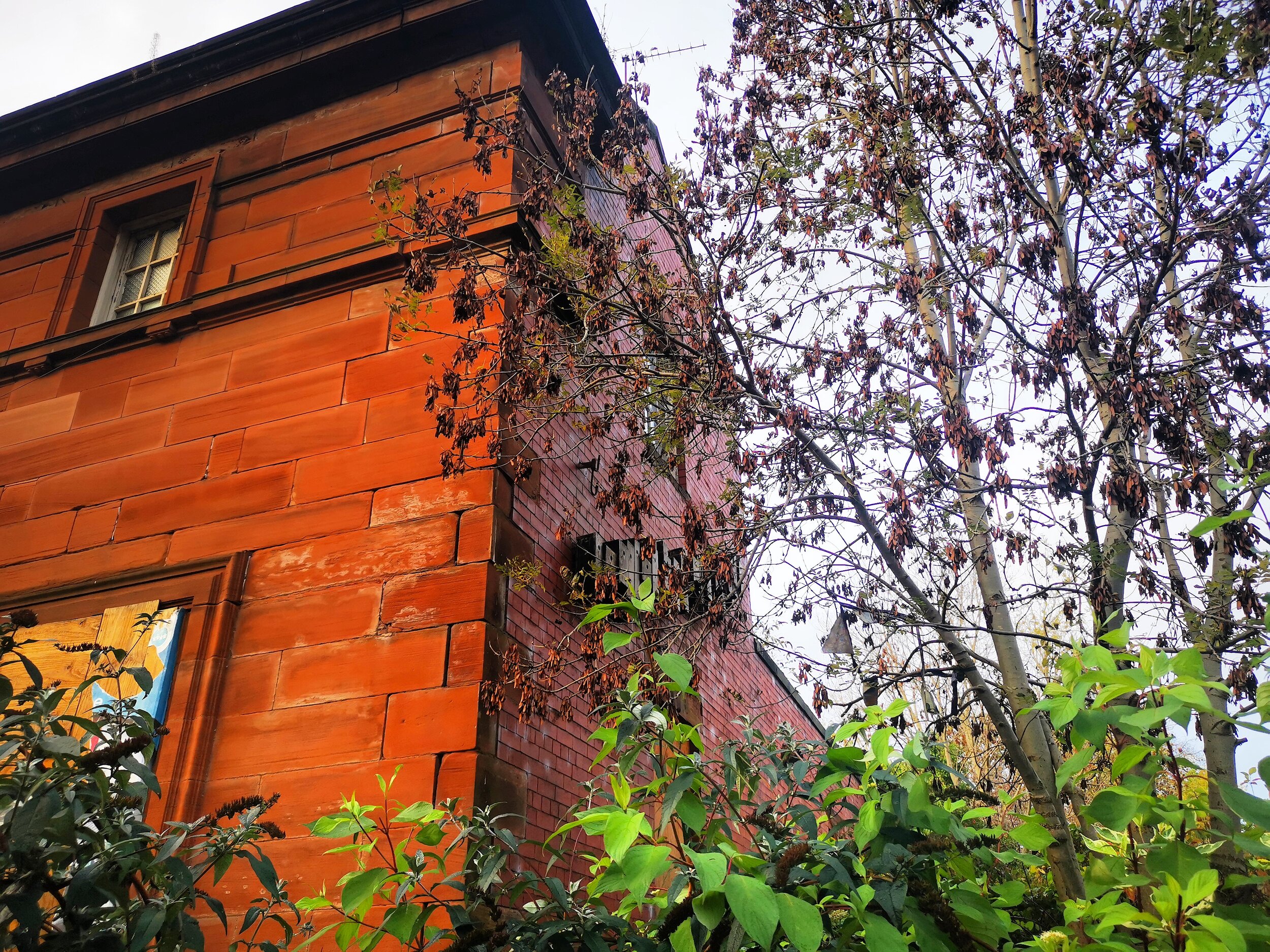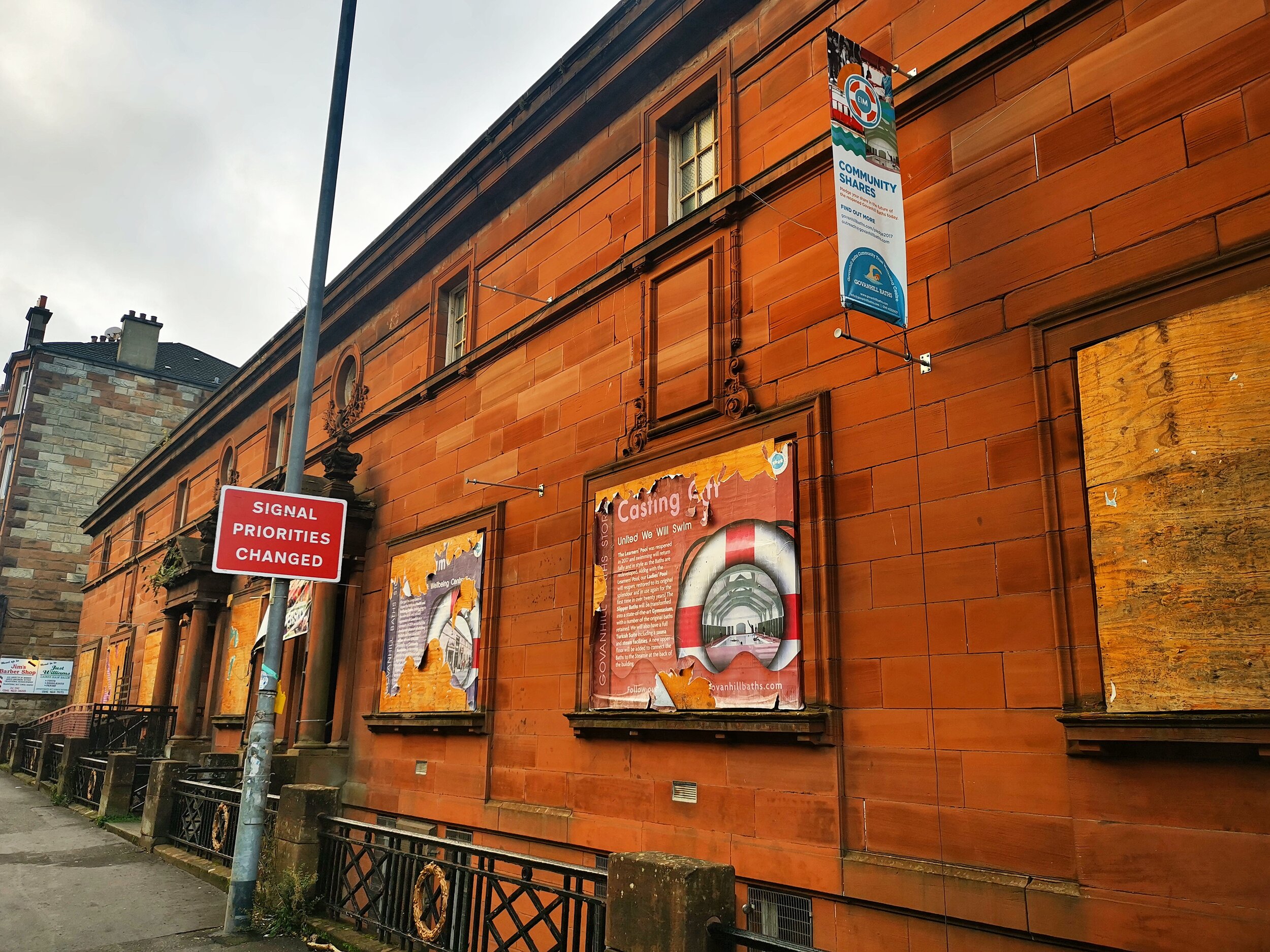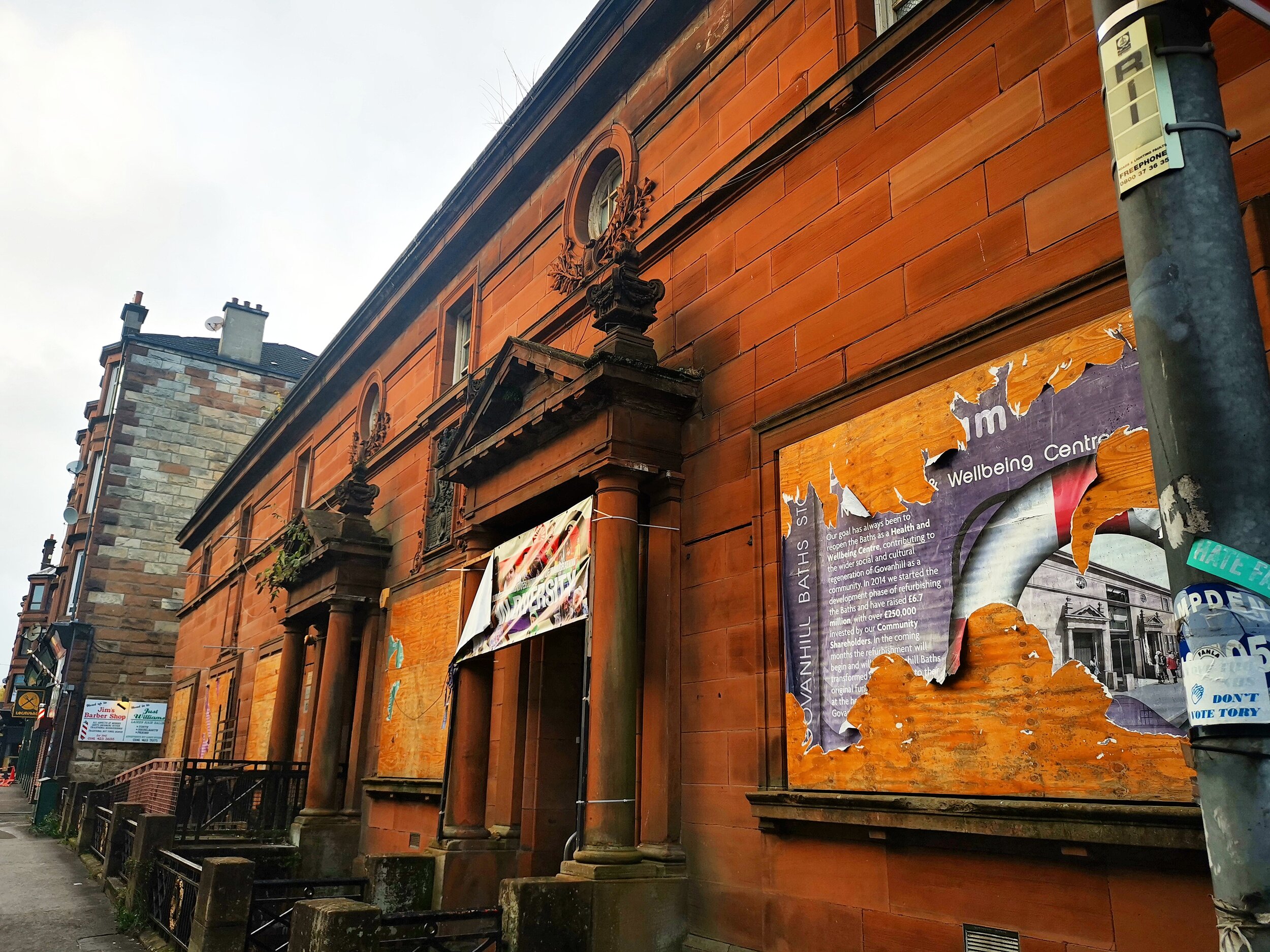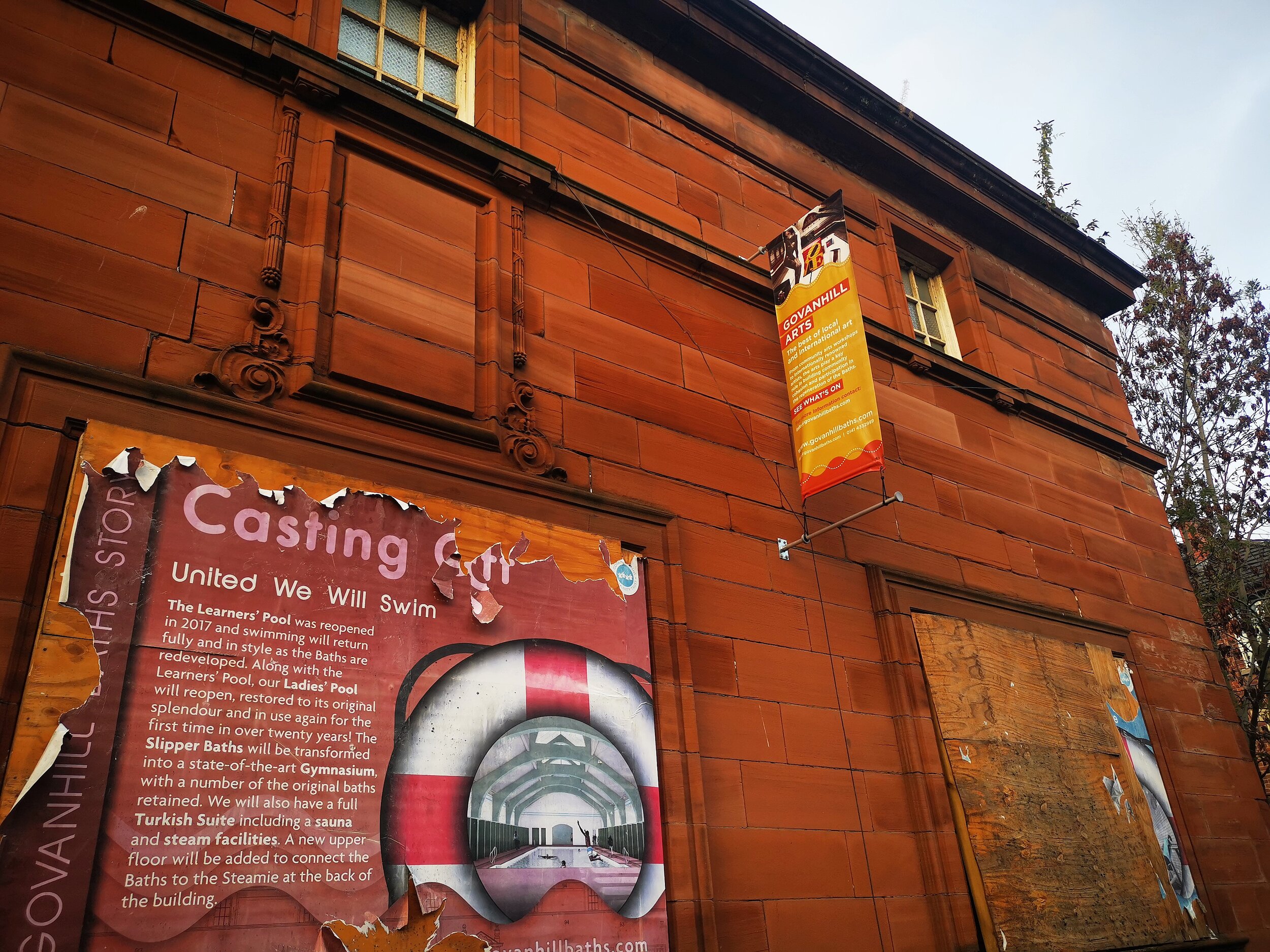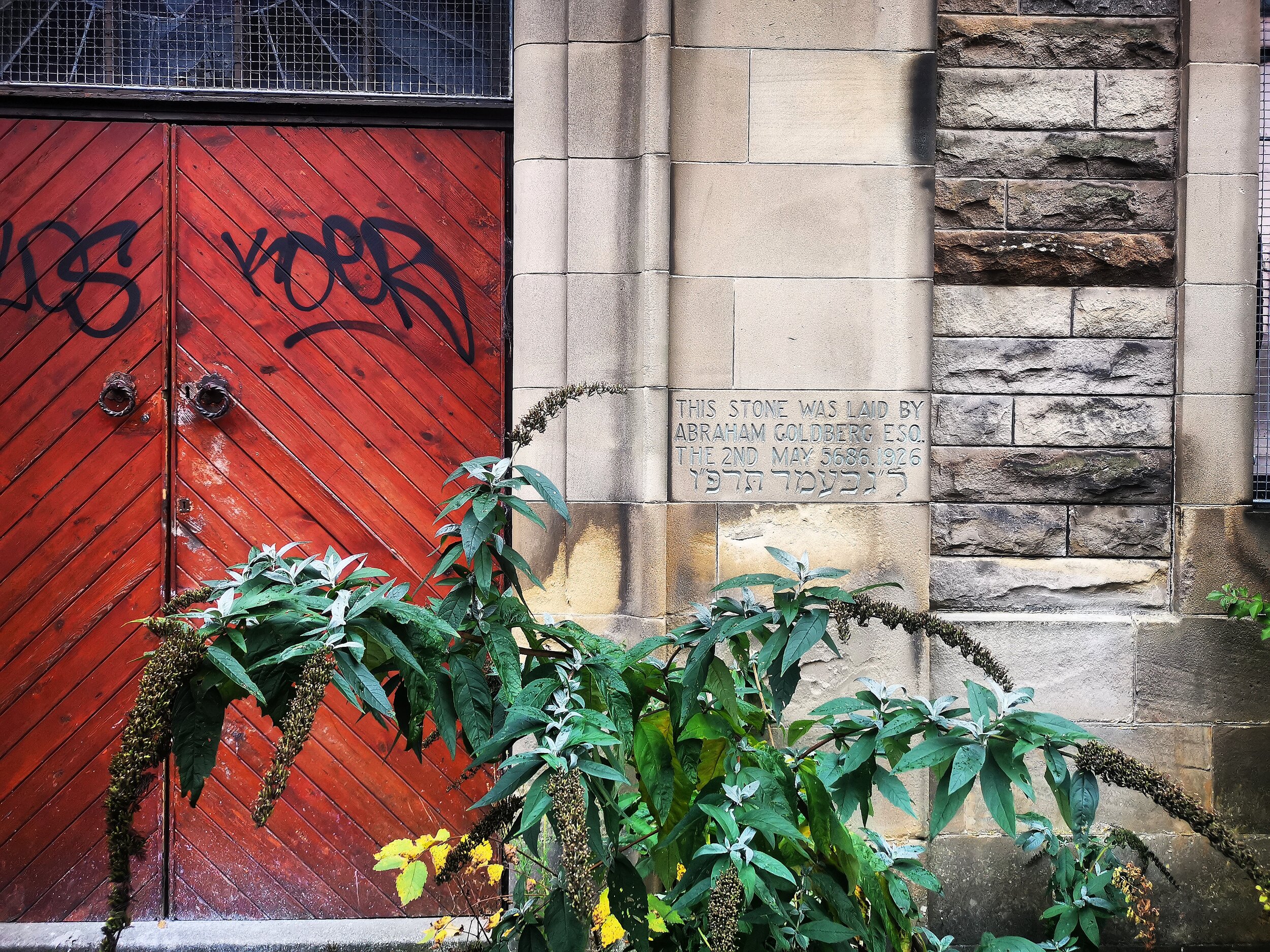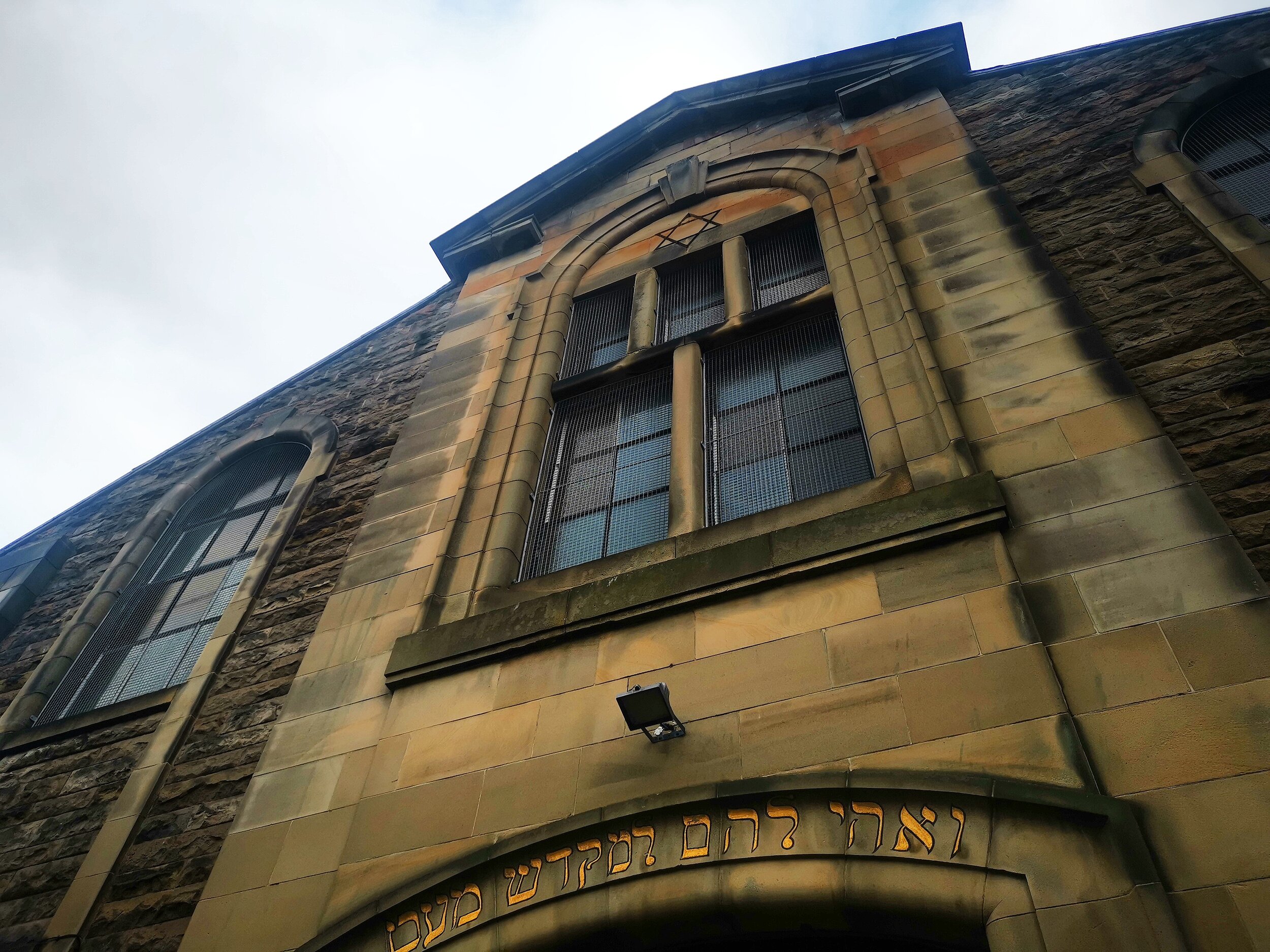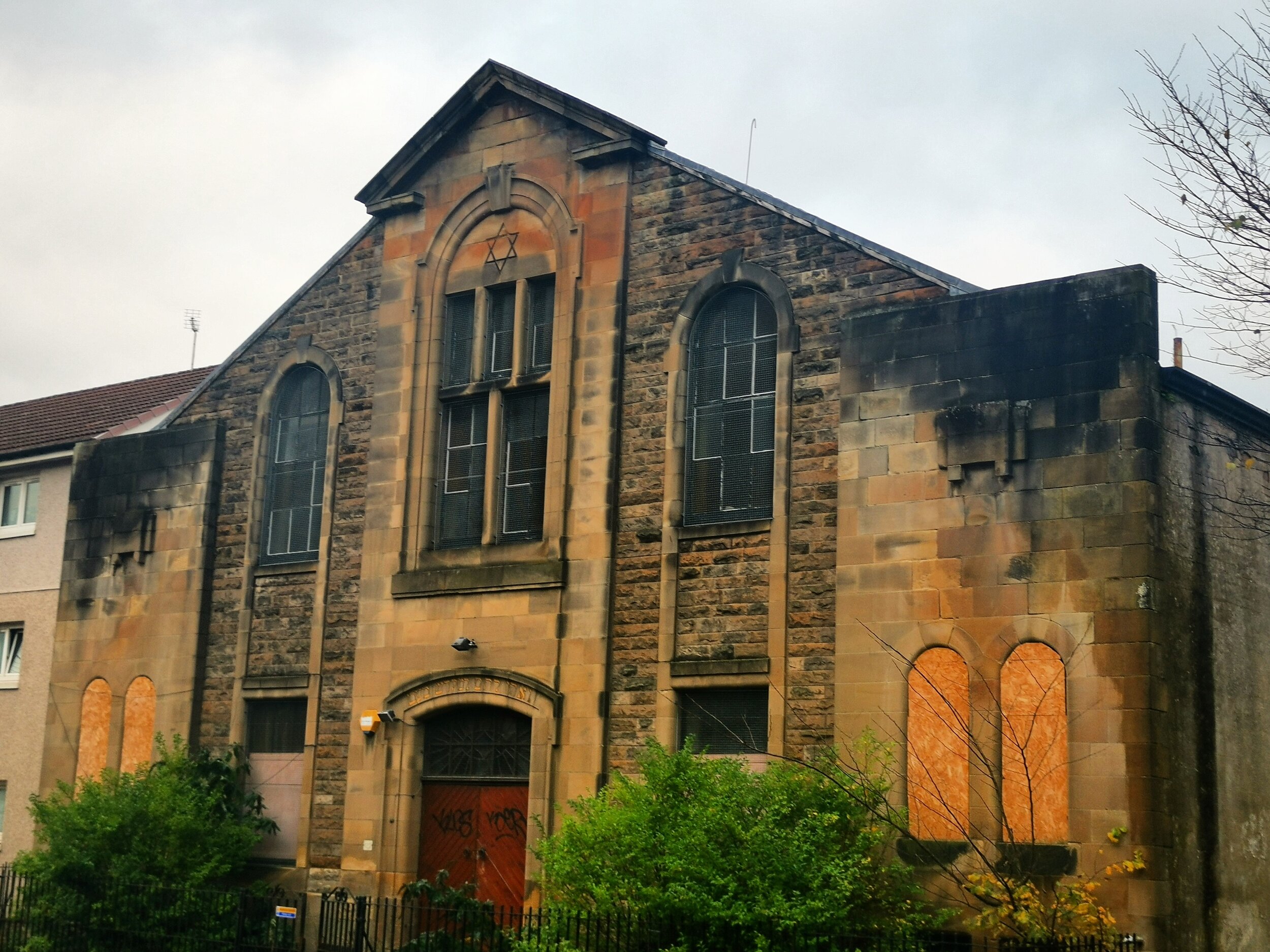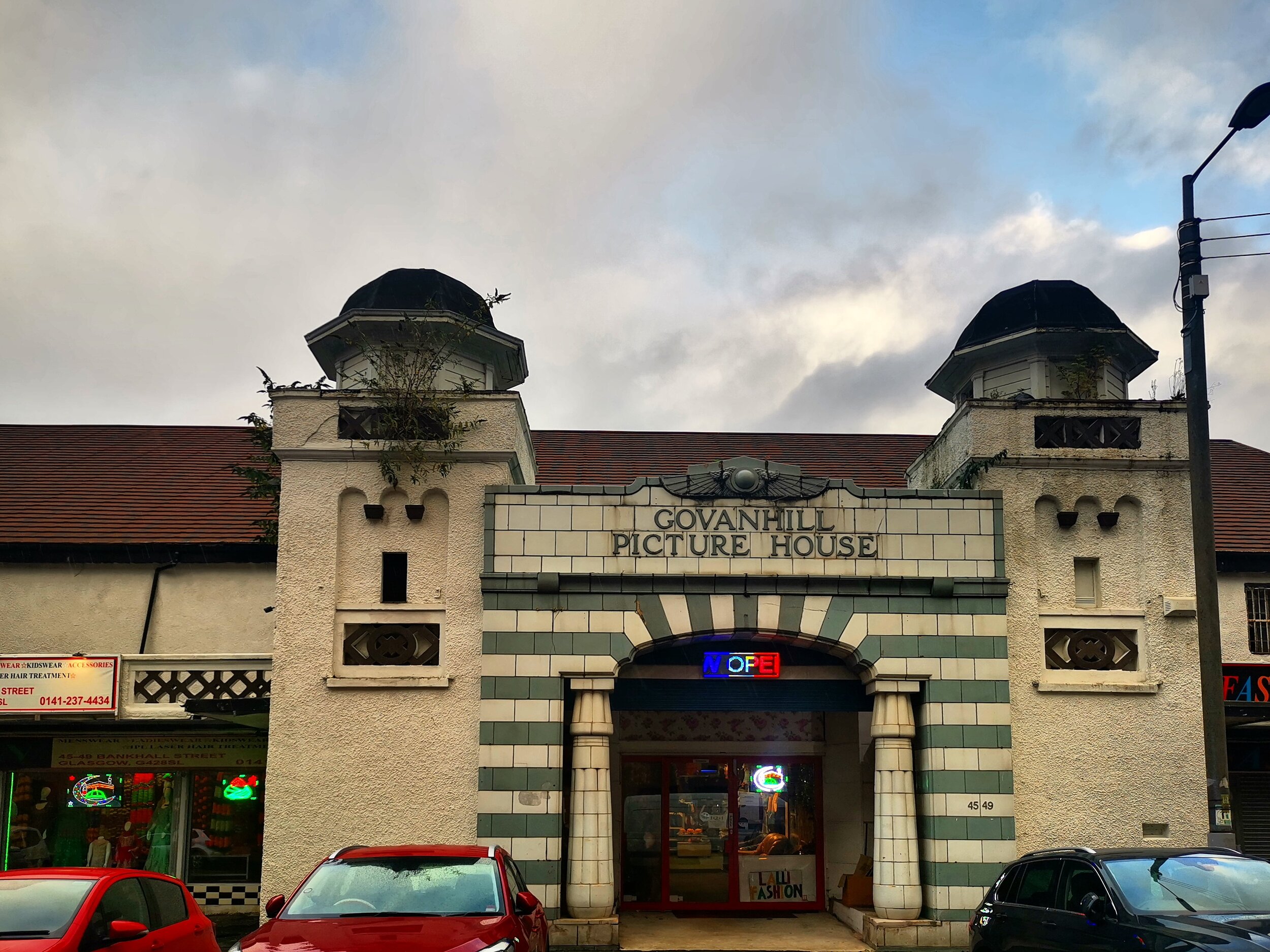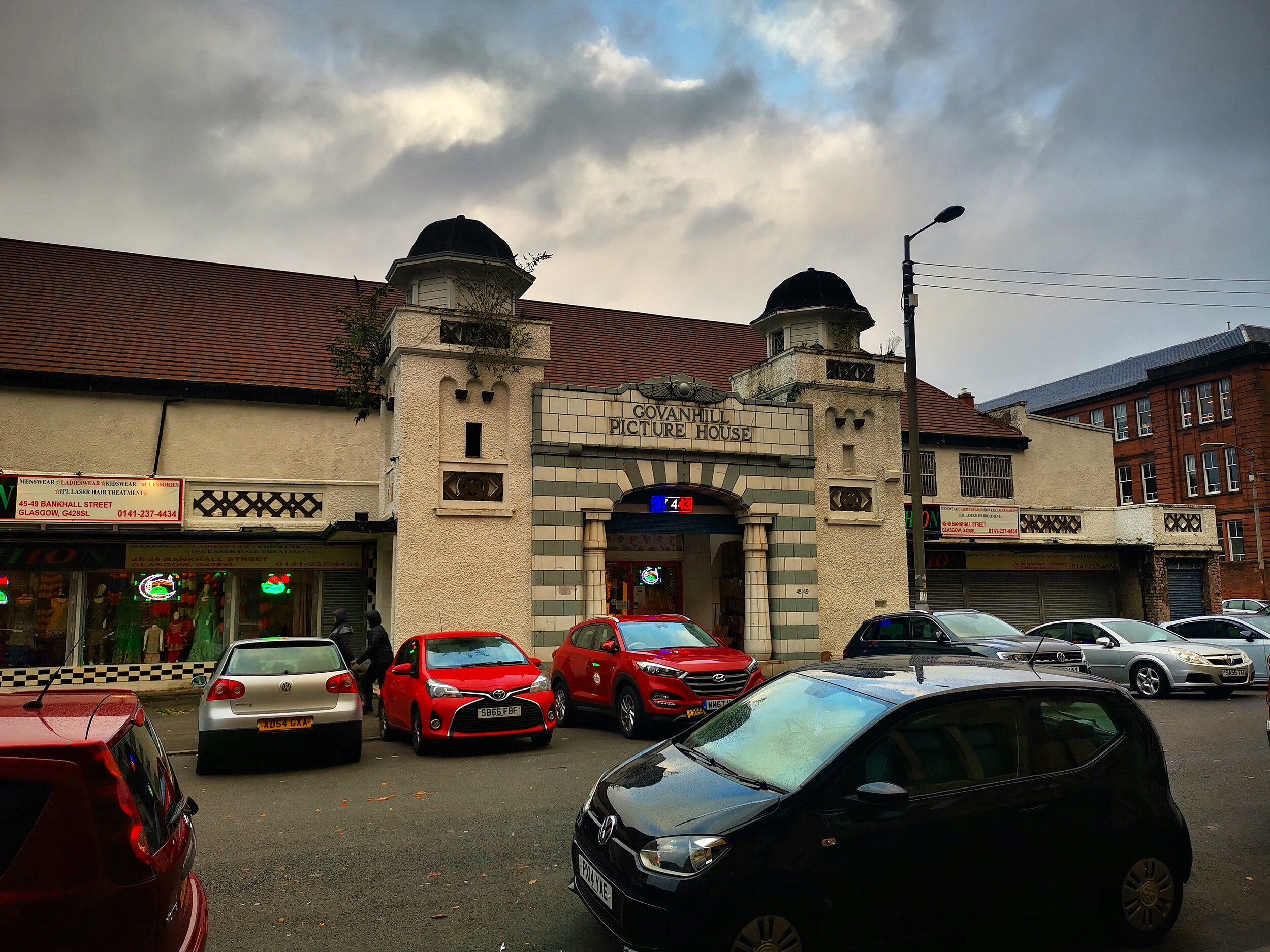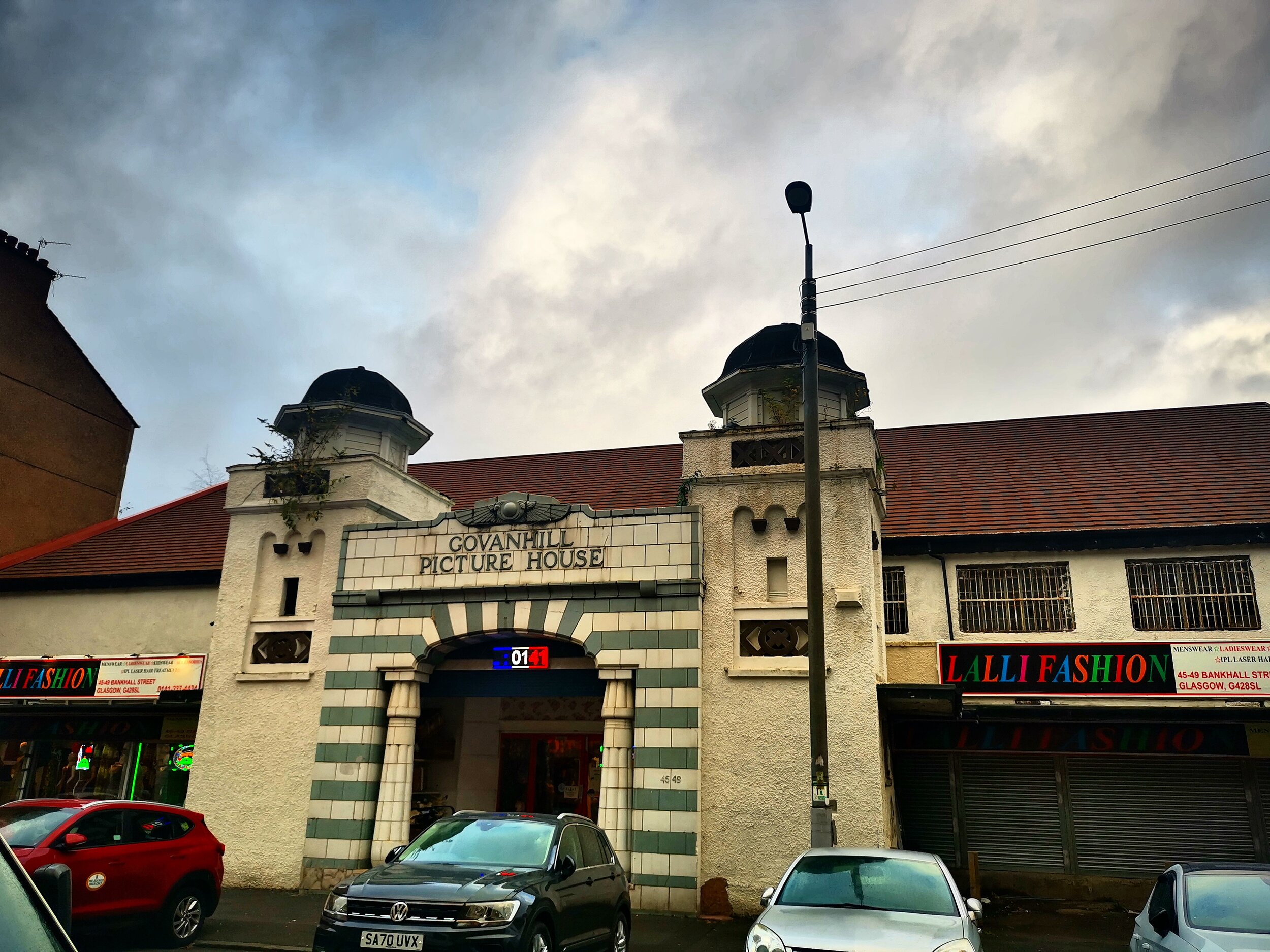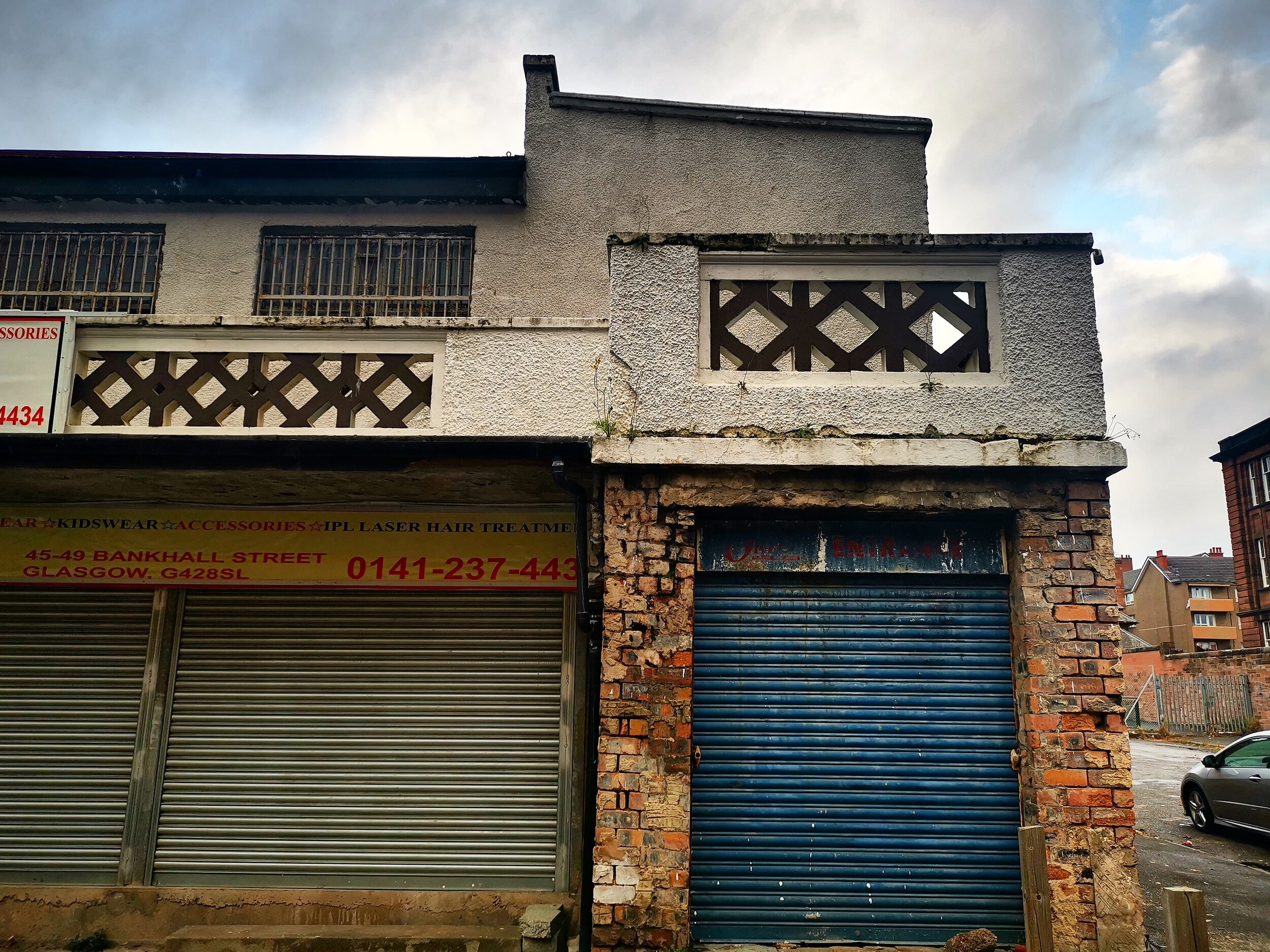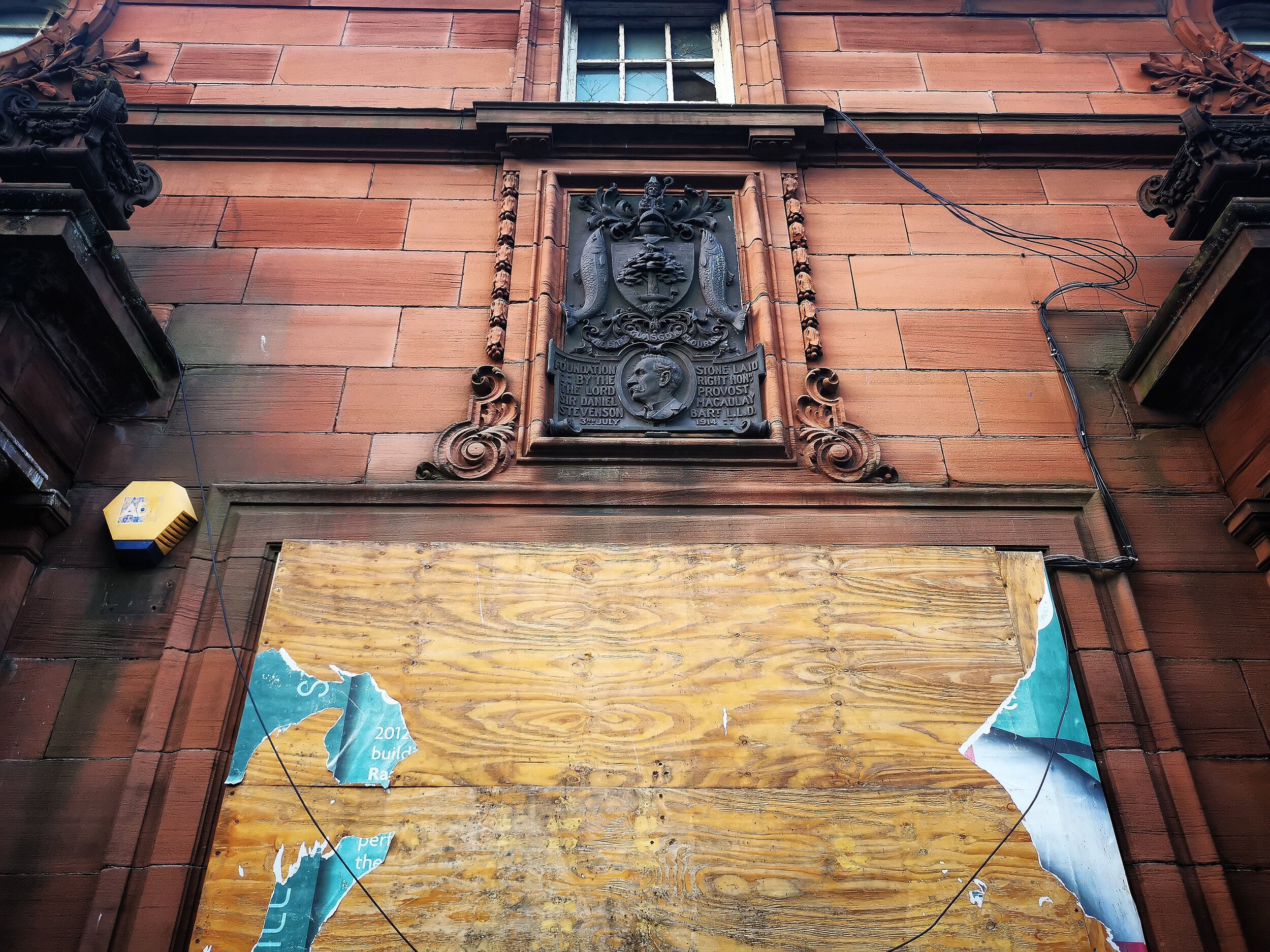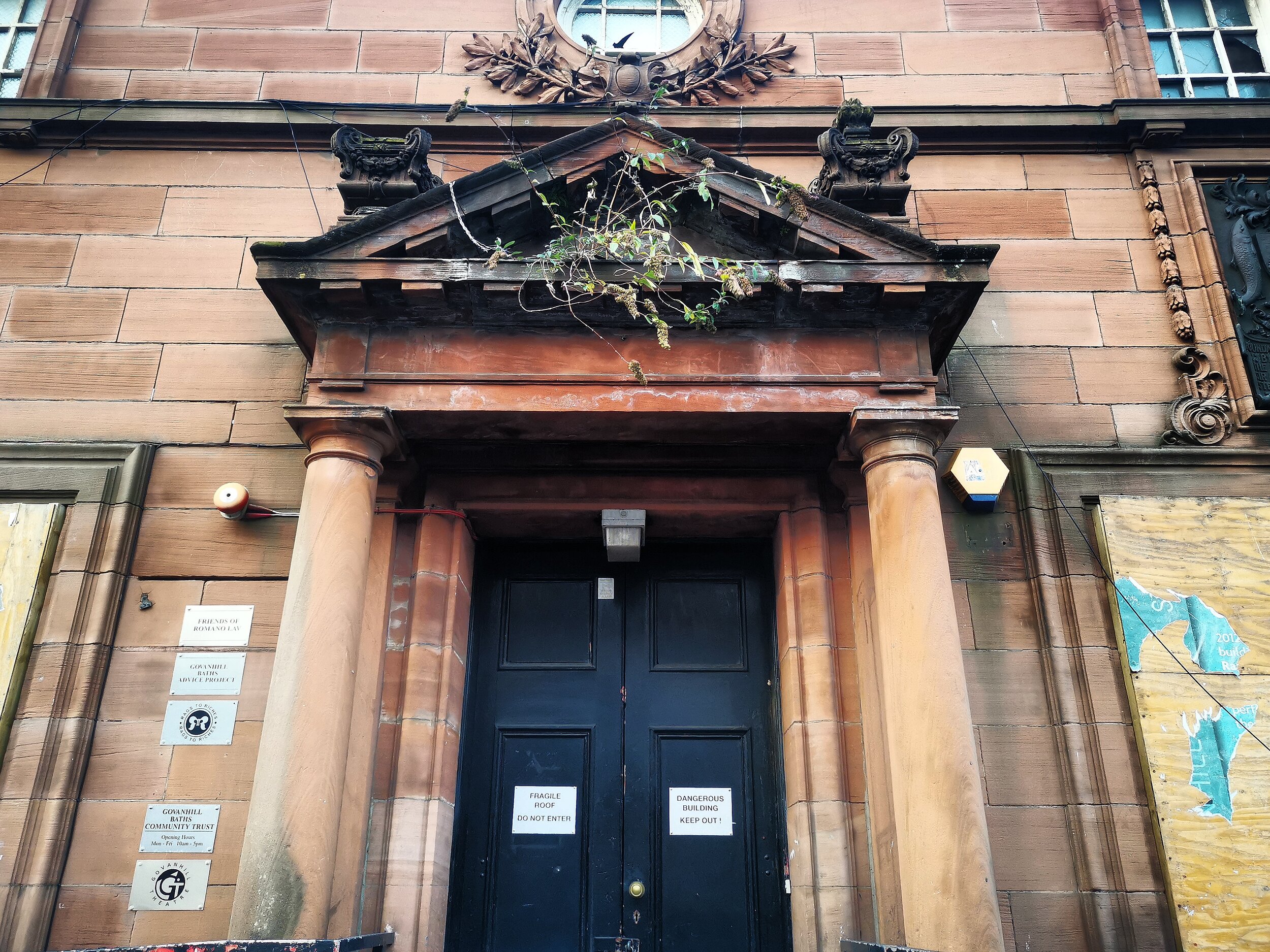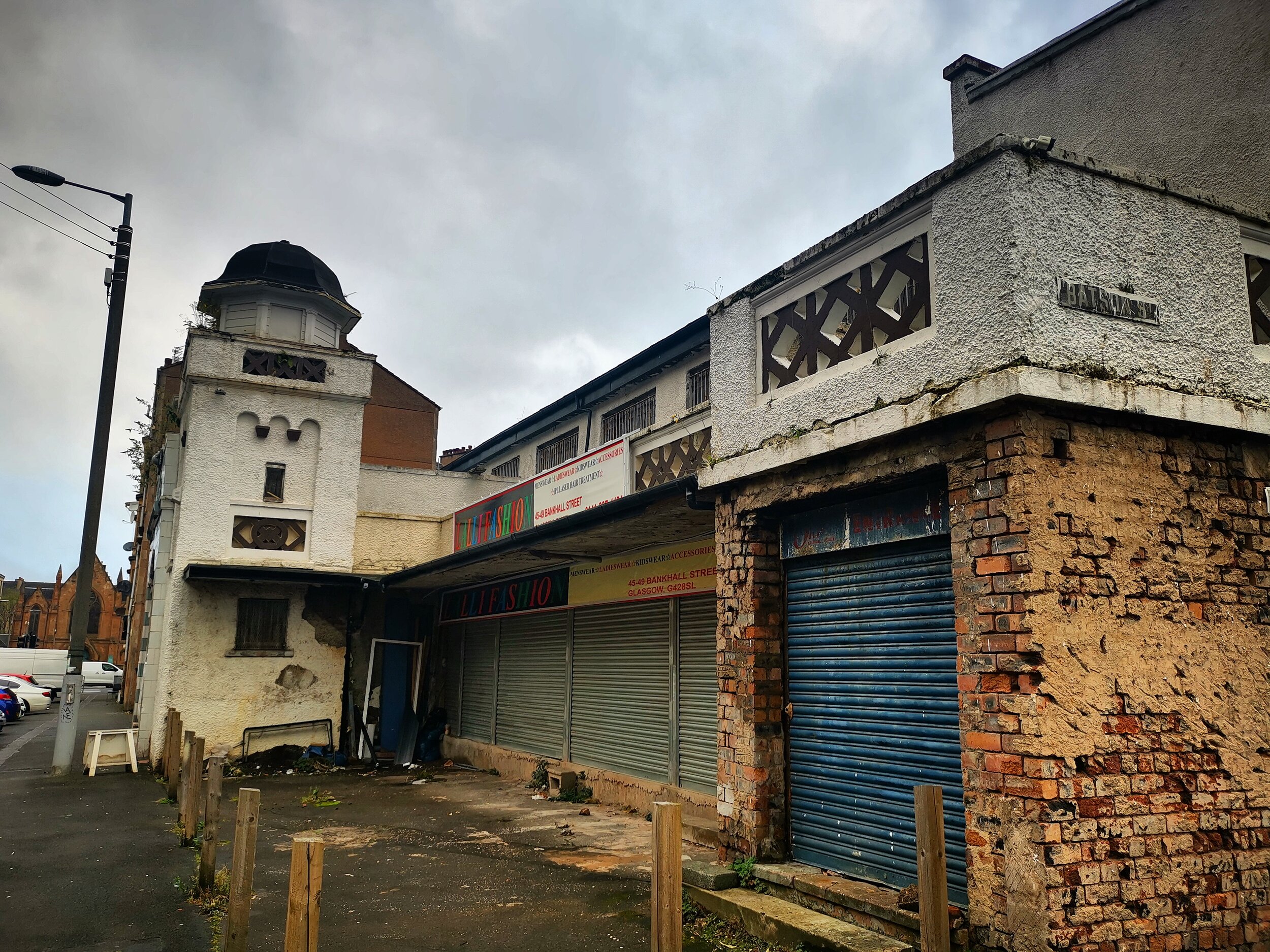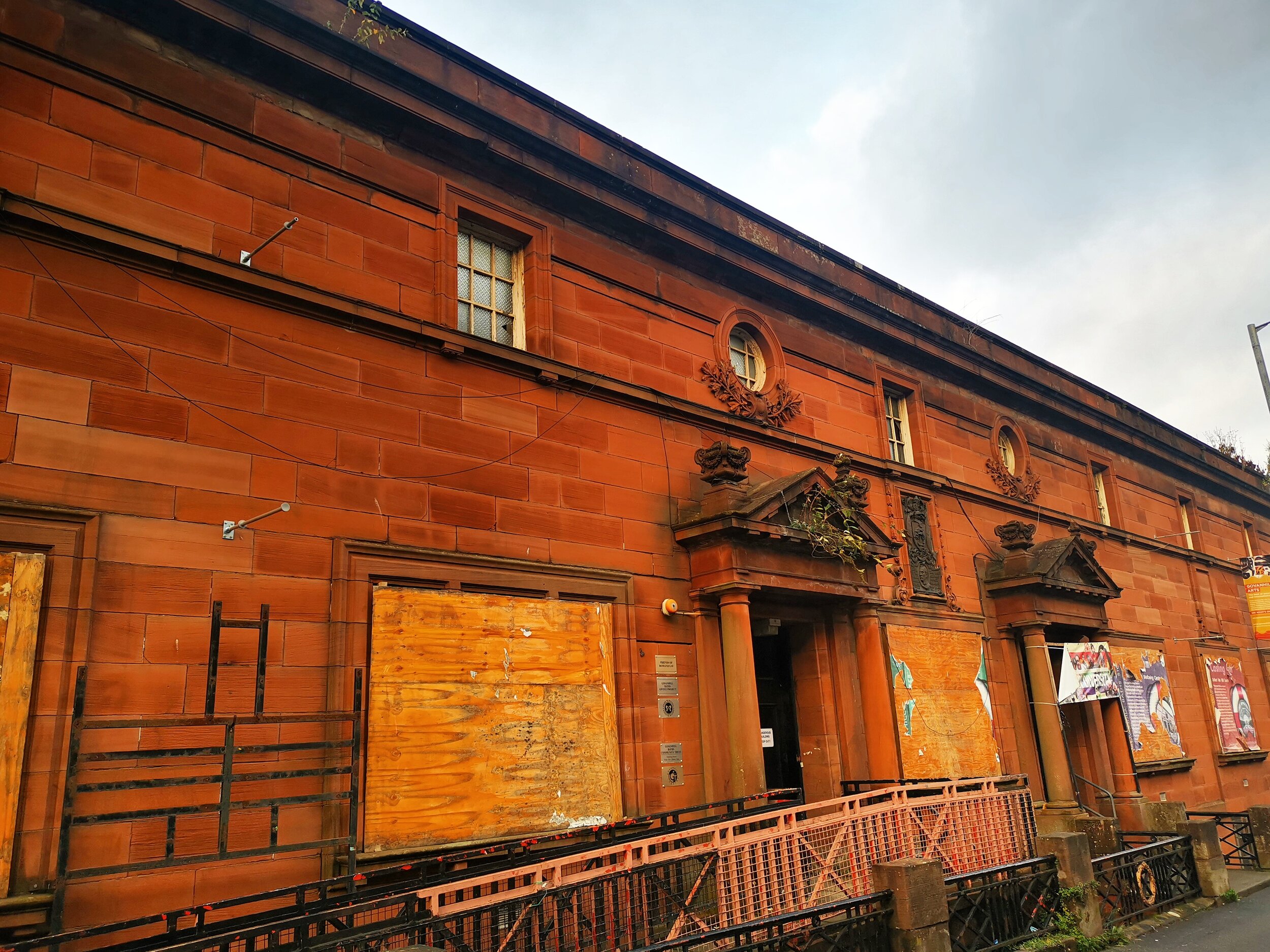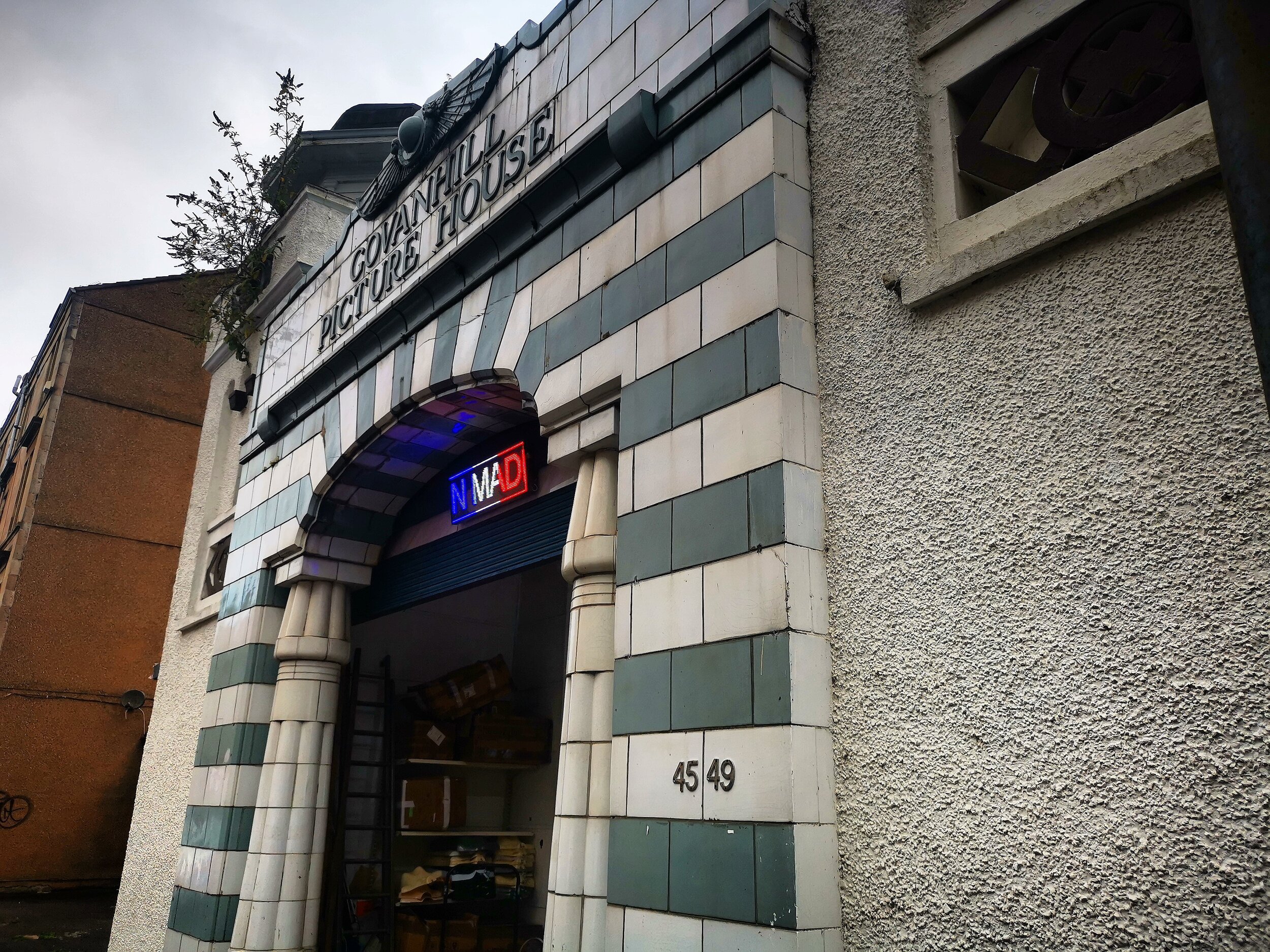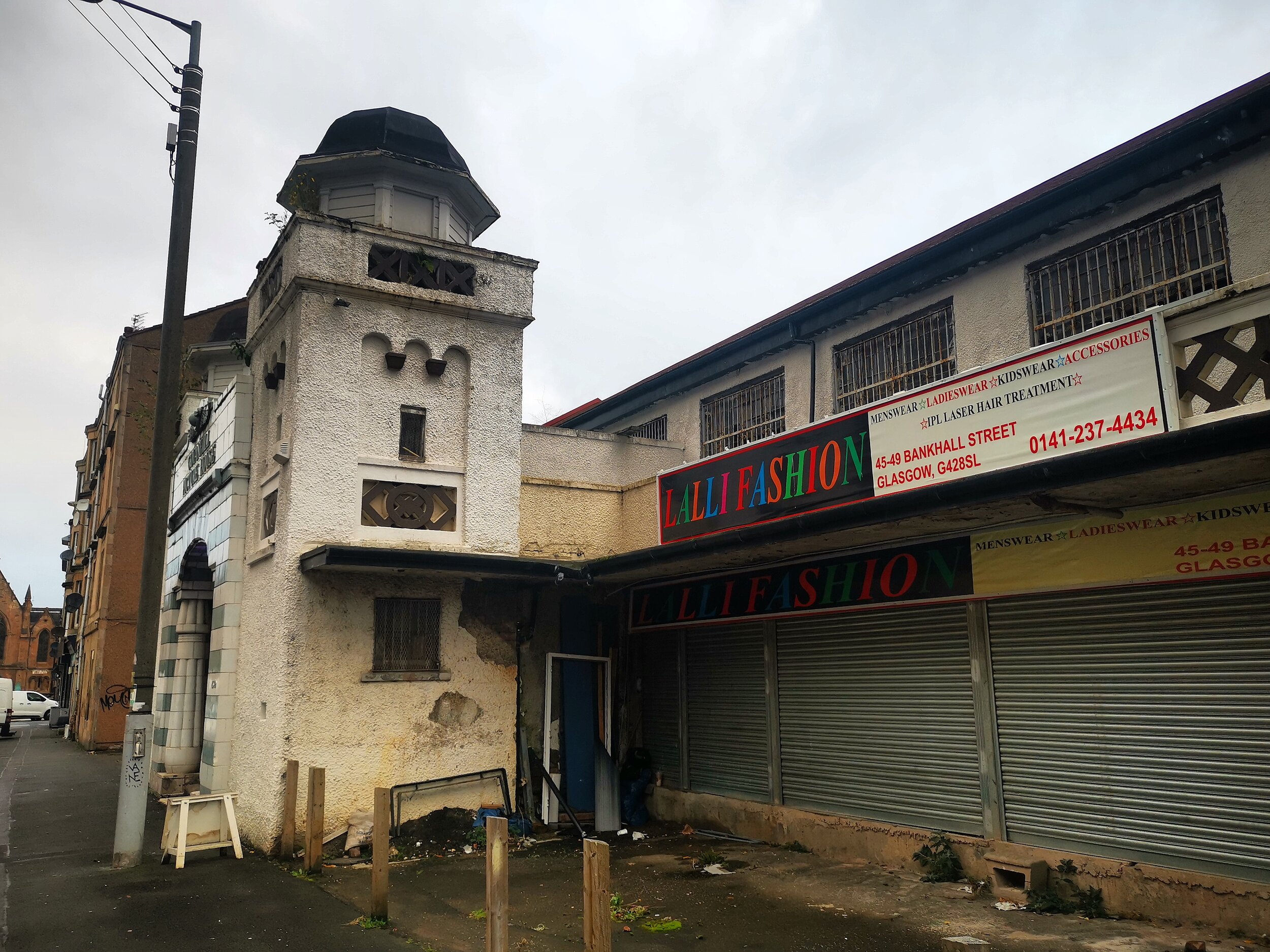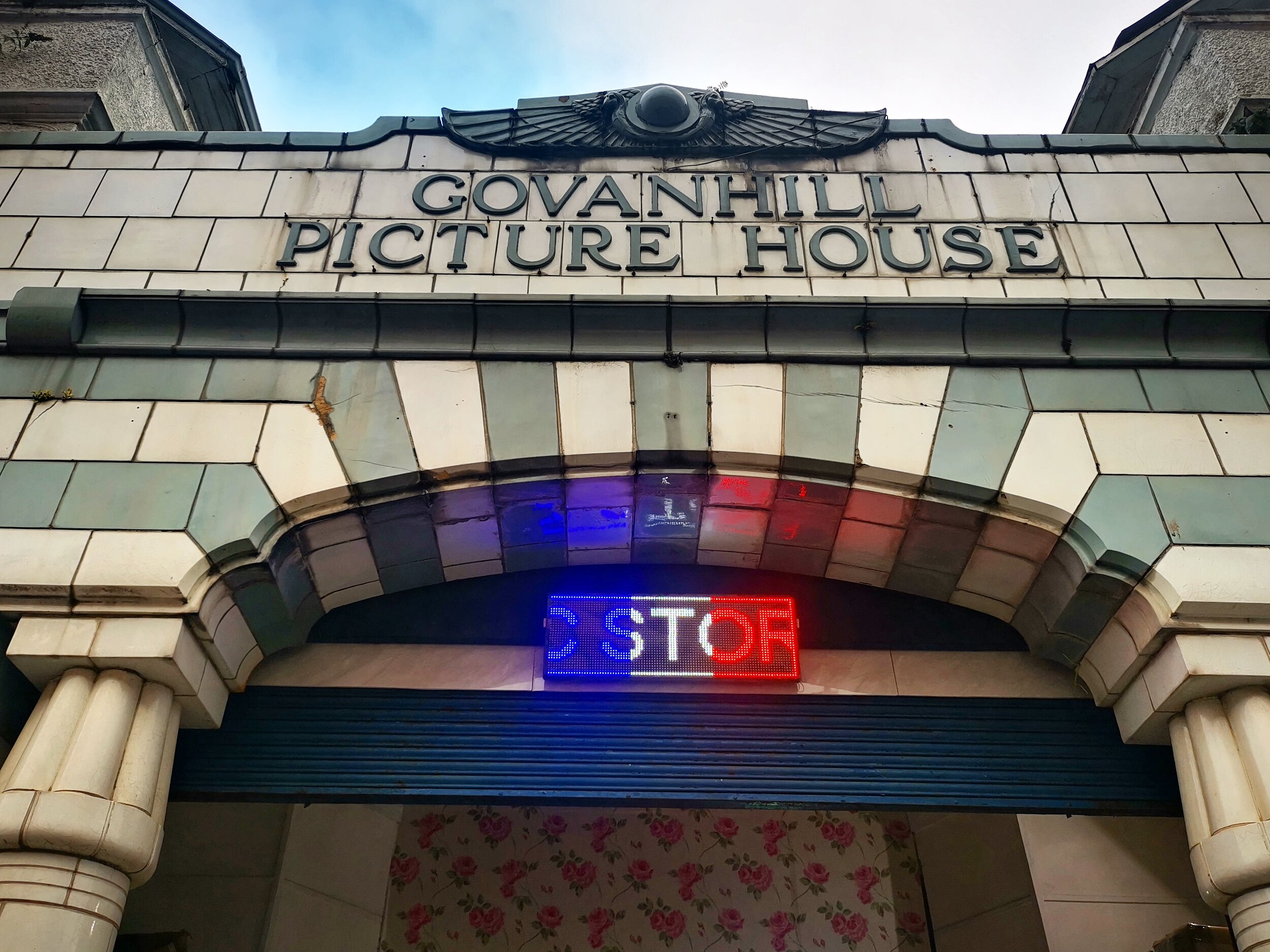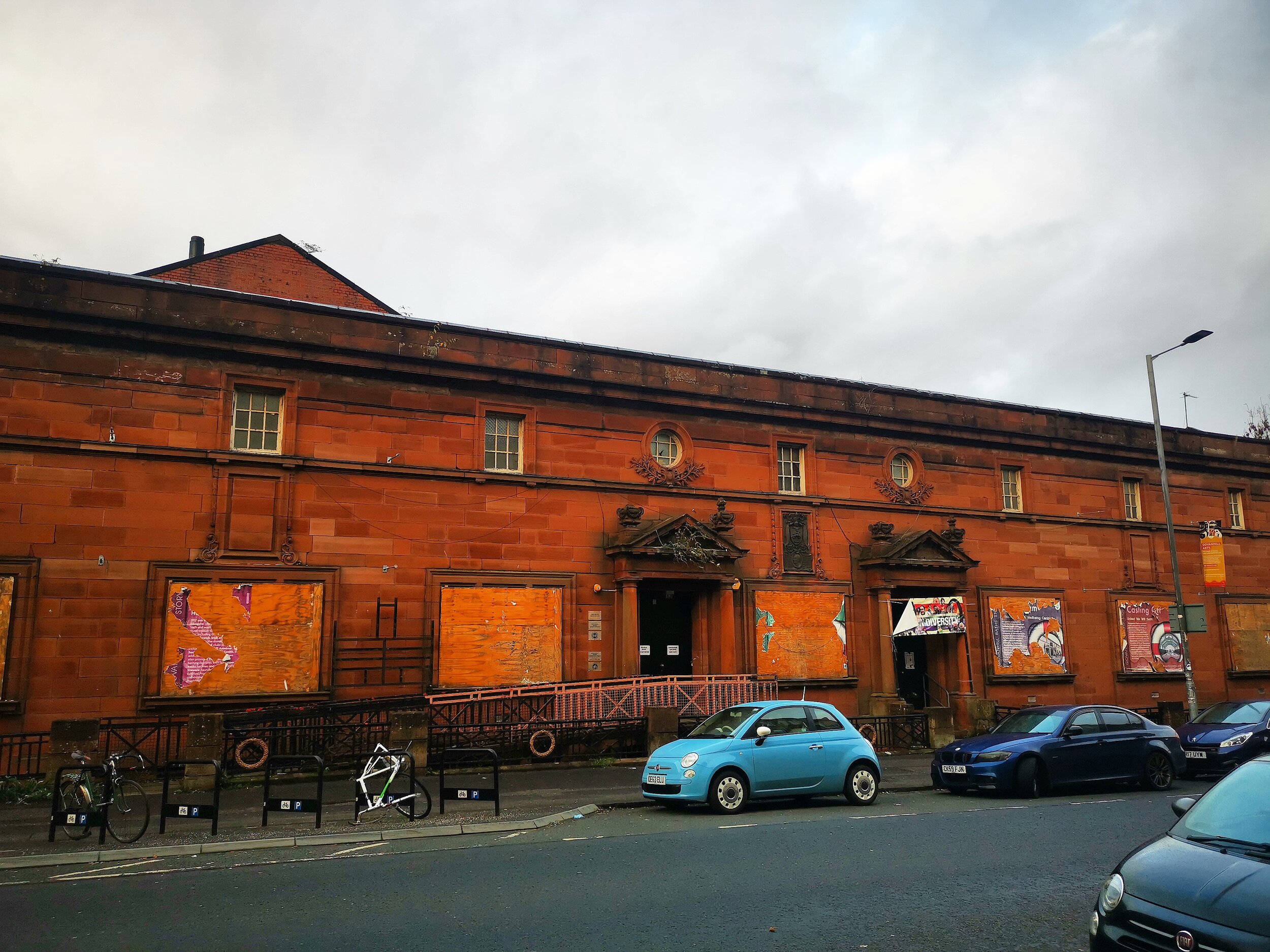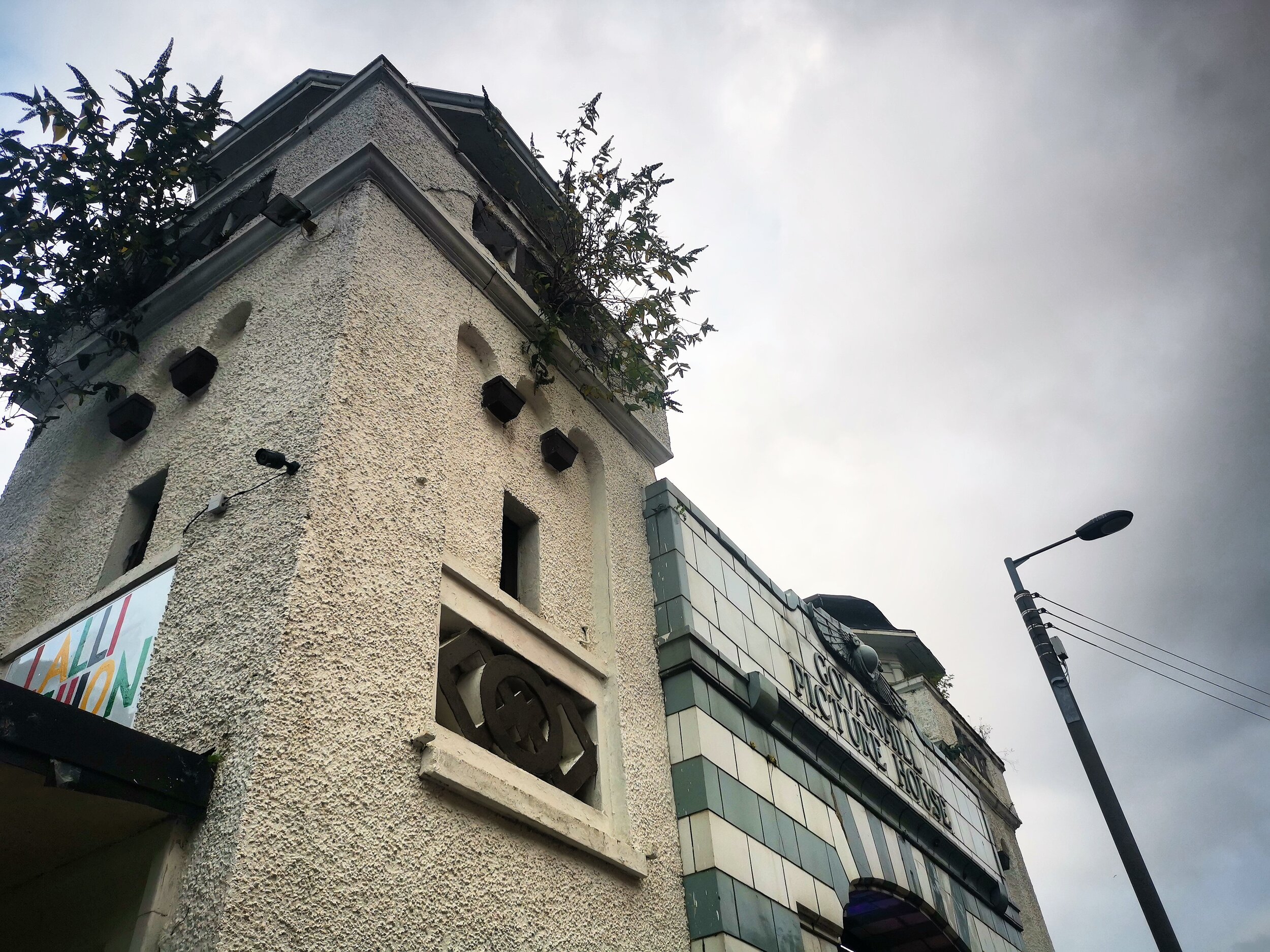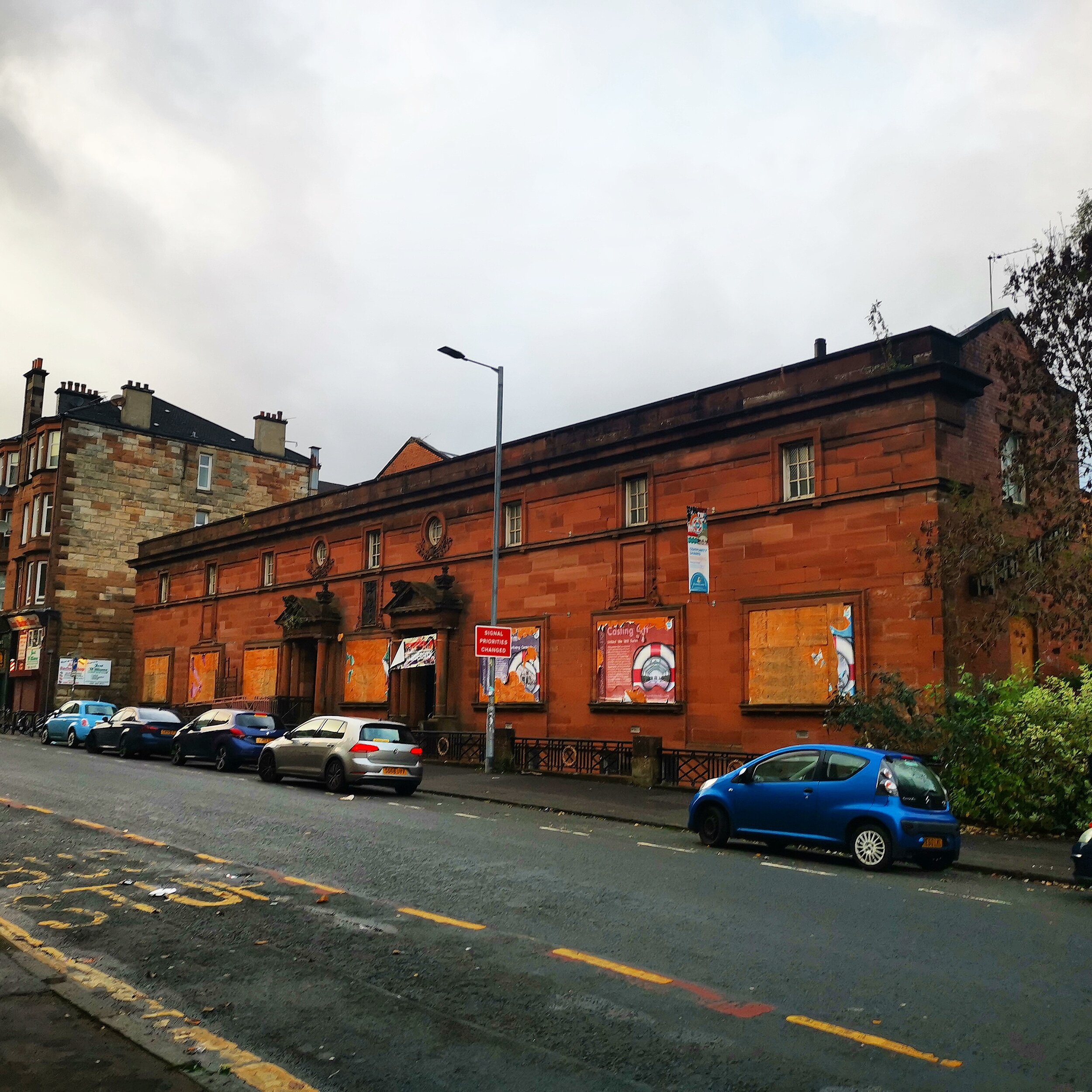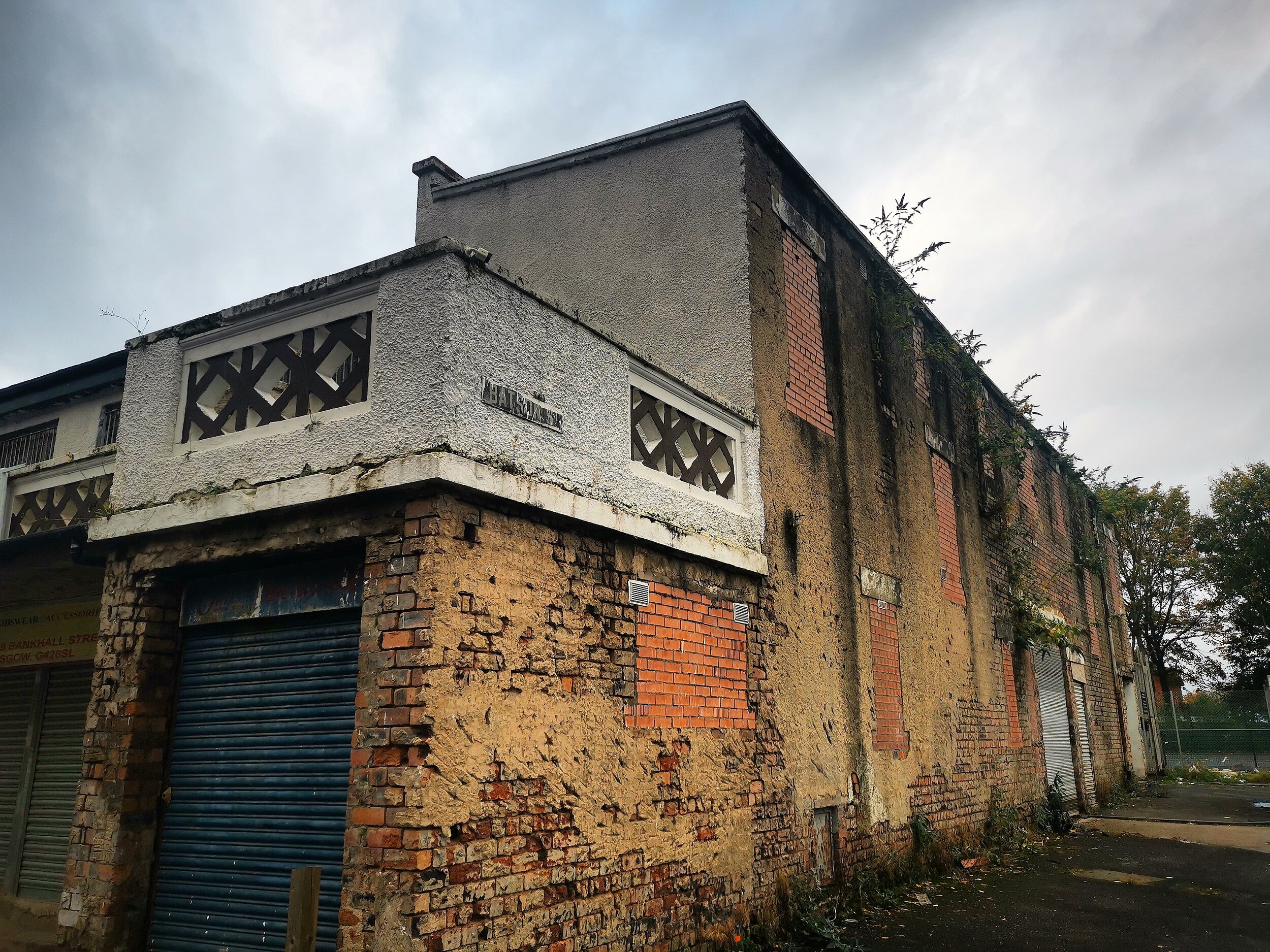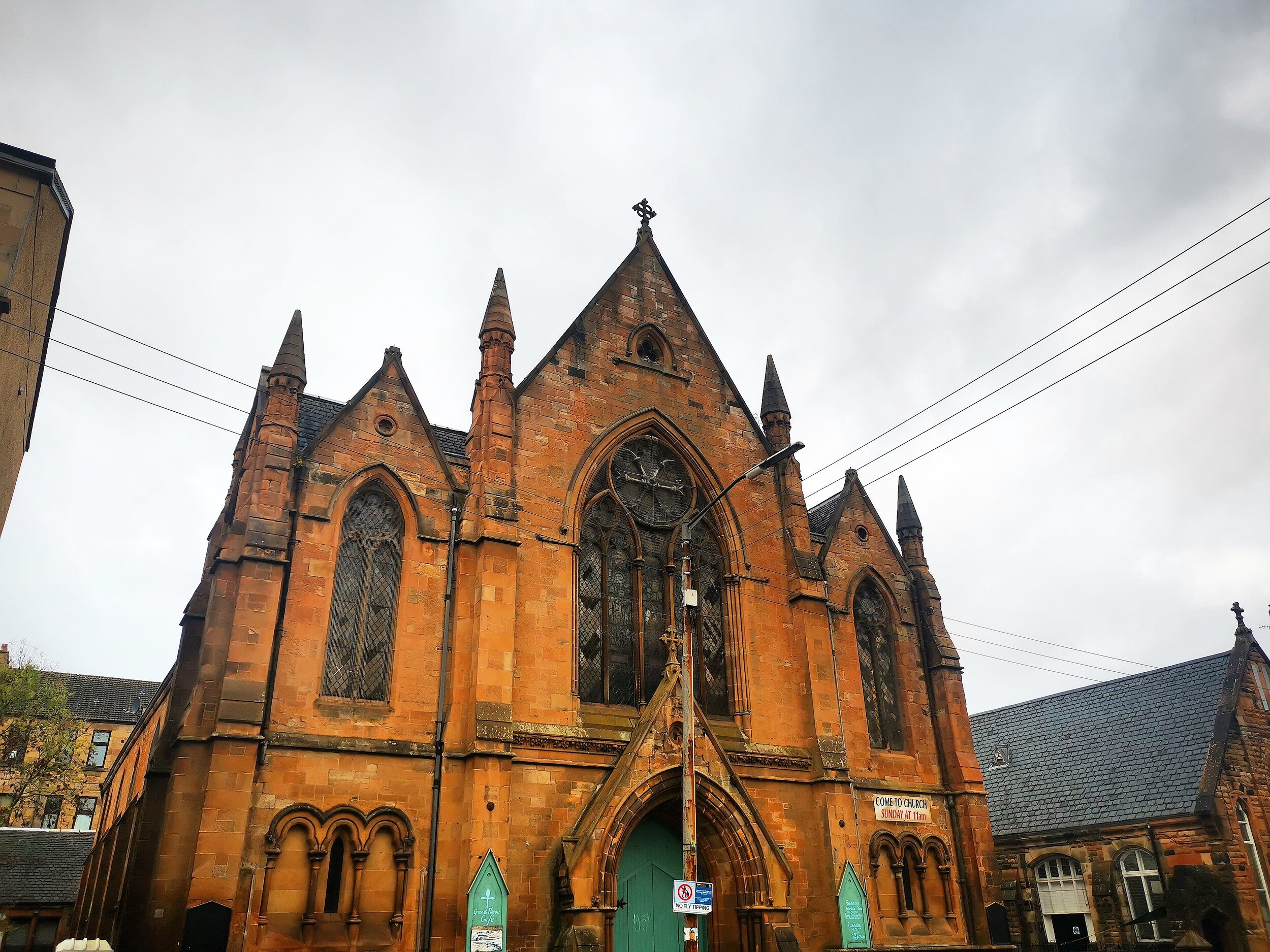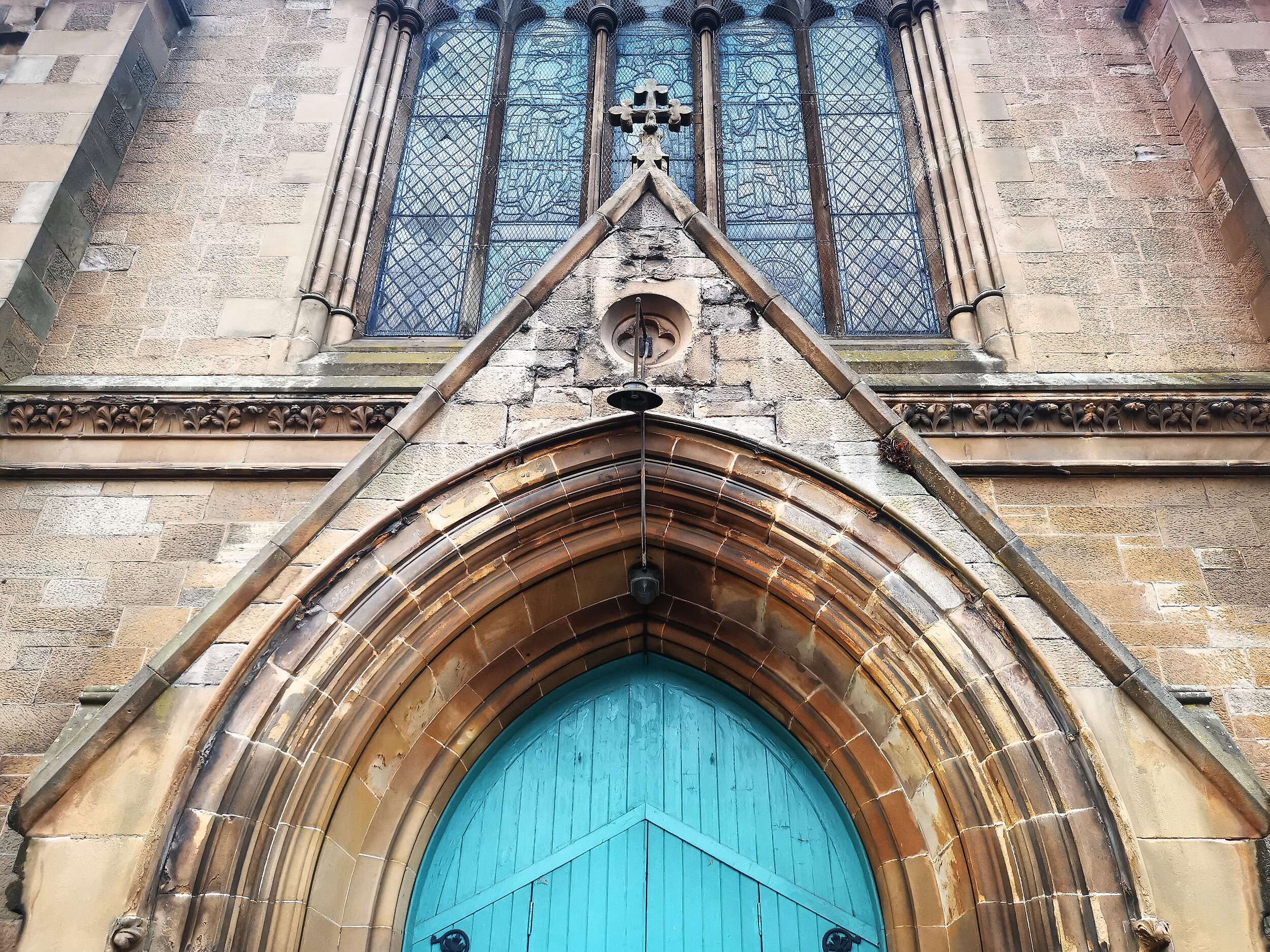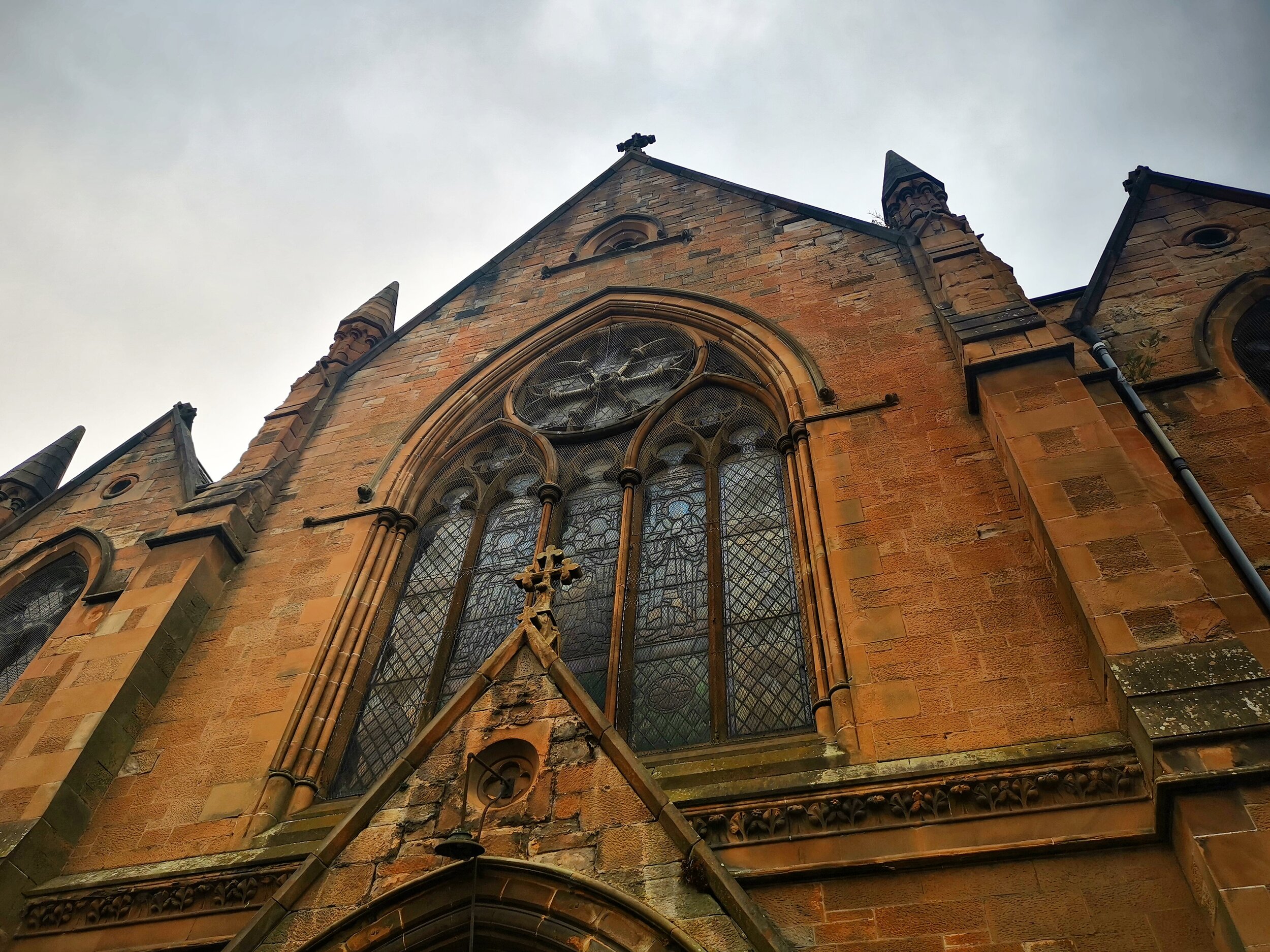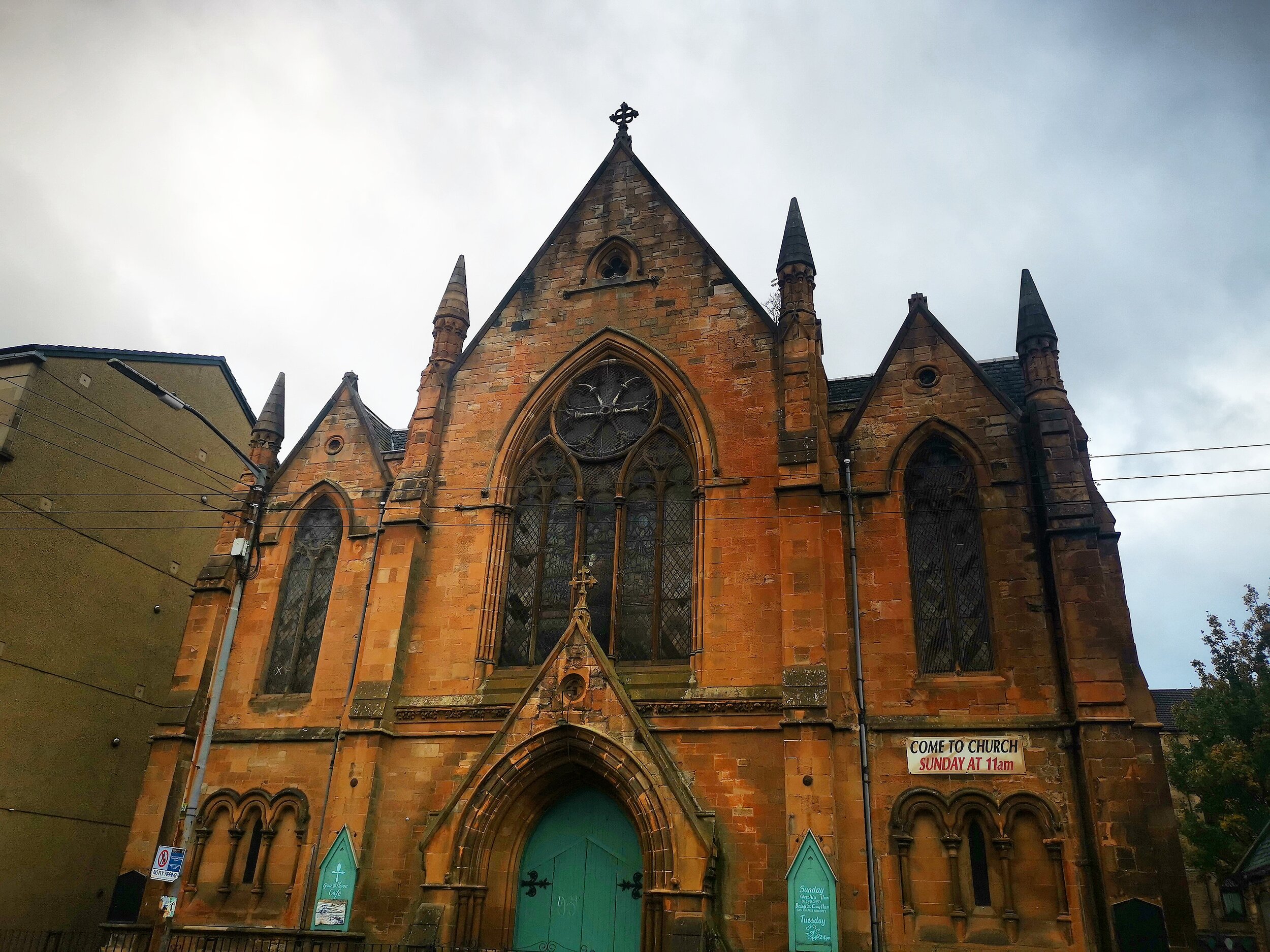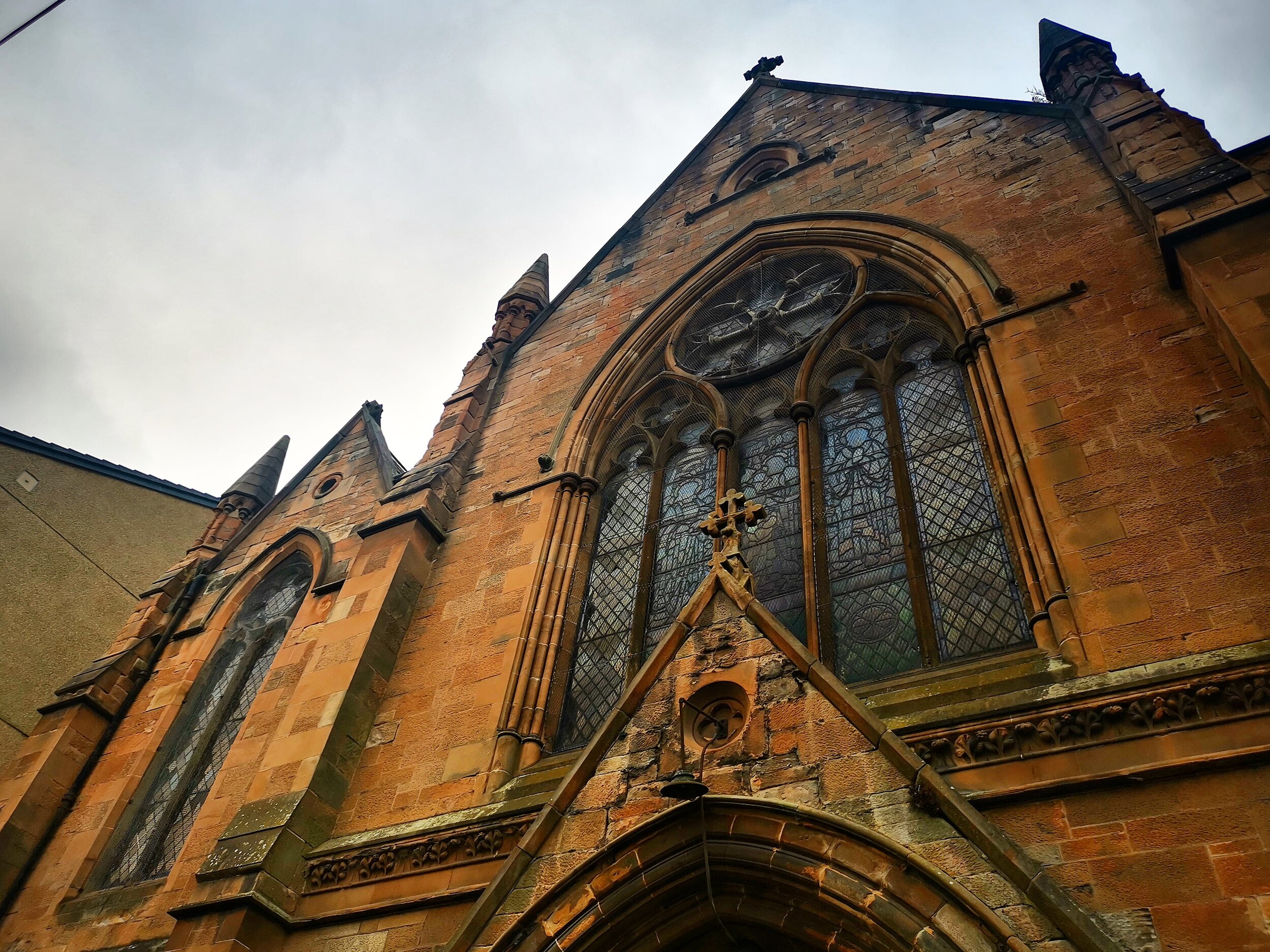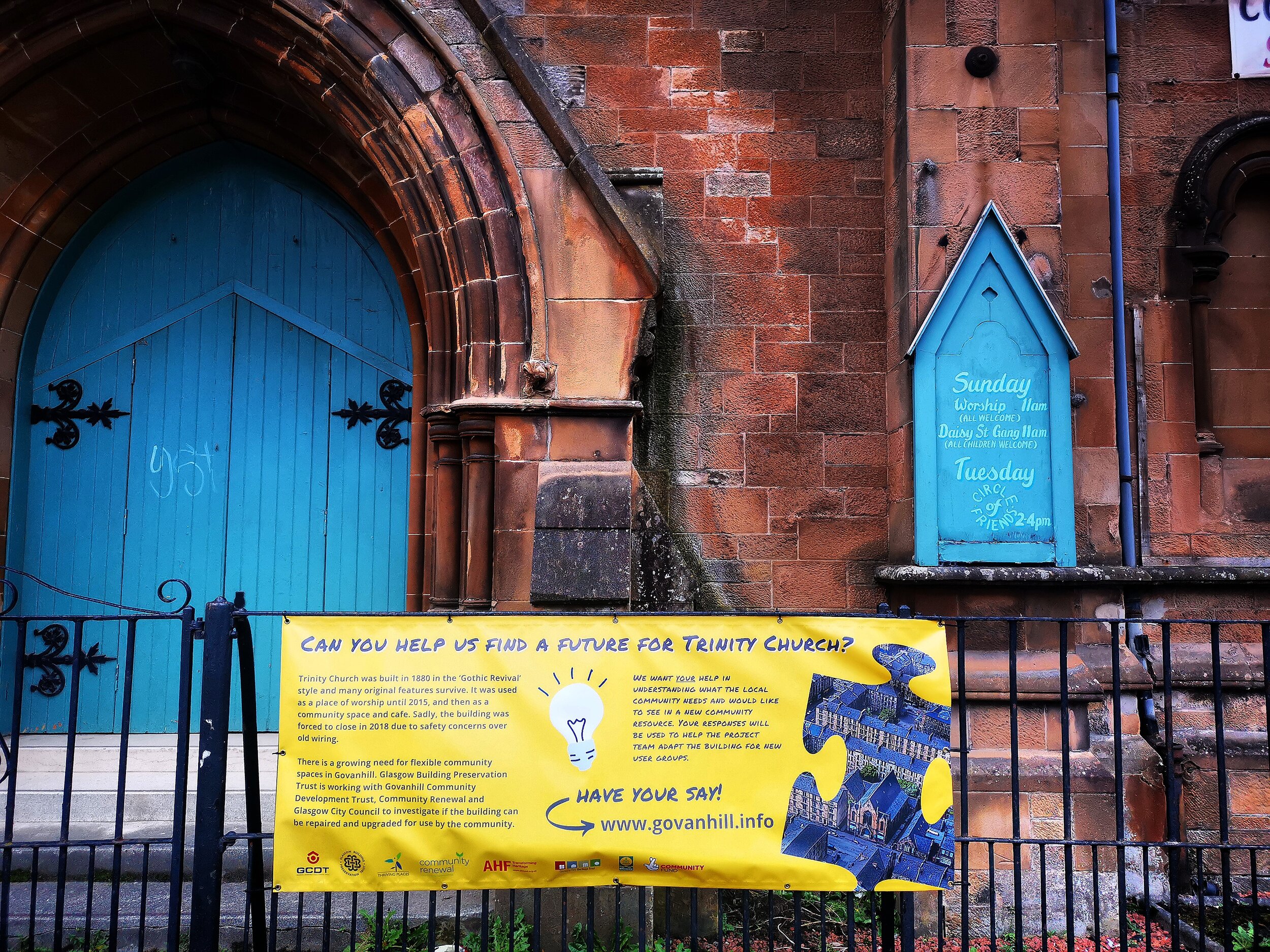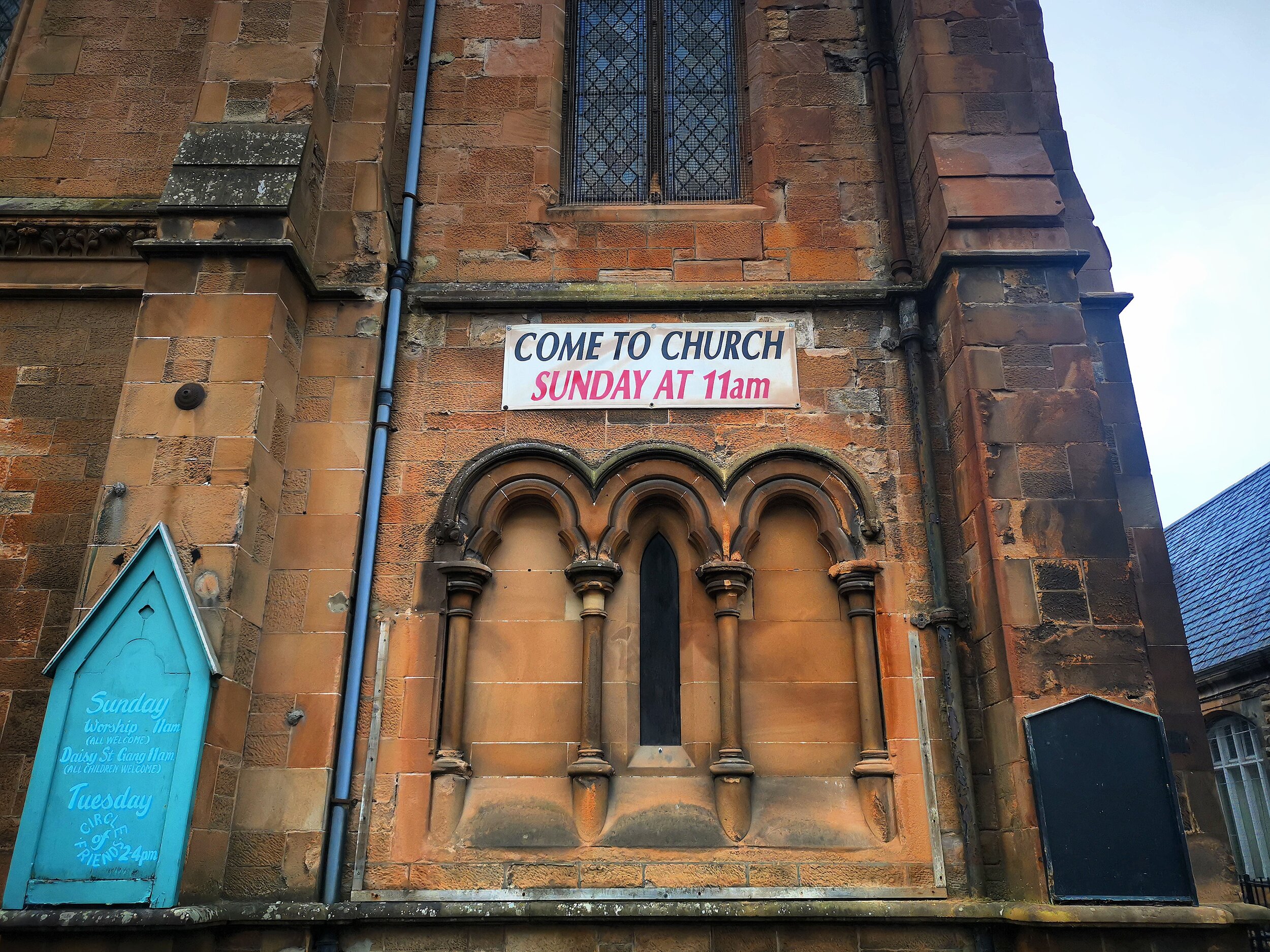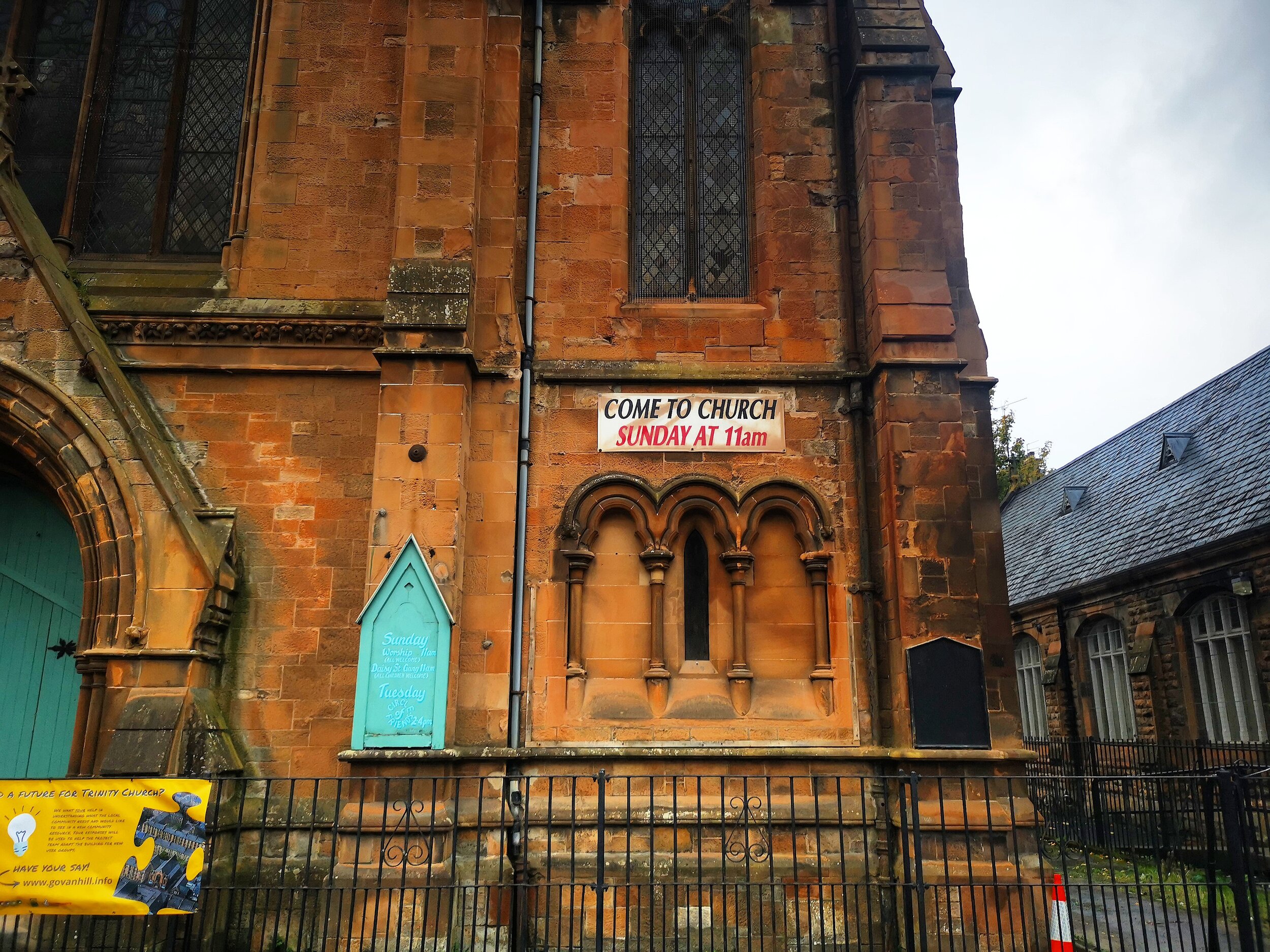Govanhill’s Past and Future in Four Buildings
In Issue 1 of Greater Govanhill community magazine, Jamie Dyer took a look at some of Govanhill’s iconic buildings, the stories of which reveal both the neighbourhood’s past and future.
Word and photos by Jamie Dyer
Govanhill has a thriving community that has changed over the years as different immigrant communities arrive and make it their home. But throughout these changes, its striking architecture remains largely unchanged – its built environment tells stories of a dynamic past.
The local domestic architecture began emerging in the 1870s, providing housing for the workers of the local ironworks, known as ‘Dixons Blazes’. References to these villages, along with the Dixon family name, still appear in street names throughout the area.
The influence of many of the Glasgow’s great architects Glasgow can be felt throughout Govanhill. Just look up and you can see great deal of detail and beauty in the design of domestic, religious, and entertainment spaces that remain standing today.
Govanhill was in danger of almost full demolition in the 1960s to make way for modernist high-rise blocks and other interventions. The resilience of local people who saw value in community – through local shops, bars, small businesses, and the Govanhill Housing Association – helped stop a policy which is now commonly viewed as having failed the areas it primarily impacted.
A period of modernisation improved the quality of many of the domestic buildings, but this process unfortunately was never fully completed. The fight continues to fully realise a Govanhill that is safe and beautiful for everyone who comes to live here.
Lost buildings of Govanhill include an elaborate ice rink situated on Victoria Road, which was demolished to make way for housing in the second half of the 20th century. An elaborate church on Langside Road, designed by Alexander ‘Greek’ Thomson was laid to waste by a bomb during the Second World War. And there have been changes of use too reflecting the changing demographics; what was one a church on Dixon Road now houses the Al-Farooq Education and Community Centre mosque.
It feels like things are always in flux here in Govanhill, and the same is true of some of its iconic buildings, the stories of which reveal both the neighbourhood’s past and future.
Govanhill Baths
Govanhill Baths, Glasgow’s last surviving Edwardian public bathhouse opened between 1912 and 1917. The upper floor provided hot baths whilst there were three swimming pools on the ground floor, and a seating gallery around one of the pools allowed for spectators at events. The baths gave local people the provision for clothes-washing facilities, with many homes in the area also lacking the facilities for bathing (some people even bathed in the Clyde before the Baths was built!) and there was a wash house (known as a steamie) at the rear of the building.
The baths formally closed in 2001 because it was too expensive to maintain and refurbish. A campaign to save the baths began almost immediately, which included a community protest occupation of the building between March and August of that year. Finally, in what became known as the ‘Battle of Calder Street,’ mounted police removed protestors and shuttered the windows; a violent and turbulent end to a place that served such an important function for almost a century.
Govanhill Baths Community Trust campaigns, and has secured public funds, to help return the building to its original community function. Through the trust the building has staged everything from art exhibitions to drama performances. The trust also runs several important community projects across Govanhill and has commissioned Bruce Downie to write a book on the history of the building.
Do you have memories of the Govanhill Baths?
Bruce Downie, author of ‘Loved and Lost: Govanhill's Built Heritage’, published in 2019, is writing a new book about the history of Govanhill Baths, from the opening in 1917 to the present day.
The most authentic way to tell the story will be to find stories from people who used the building over the years. When it first opened, it transformed the lives of local people and for decades afterwards, it was a place for fun, for recreation and for health, a place where the community came together and grew together.
The new book will celebrate the first one hundred years of Govanhill Baths by collecting and preserving the memories of people who have worked and played in this amazing building and will look ahead to the long-awaited redevelopment and beyond.
If you have any memories or stories about the baths, about swimming in any of the pools, the hot baths, the Turkish Baths, the gym, the steamie or any part of the building, any mementos or photographs, please get in touch with Bruce via email on bruce.downie@outlook.com
Langside Synagogue
Langside Synagogue is located near Govanhill on Niddrie Road. The building was constructed in 1926, opening the following year, and becoming one of the only purpose-built synagogues in Scotland. The building is one of two synagogues of Eastern European style in the United Kingdom. The interior has folk-art style features, many of them carved by Lithuanian born cabinet maker and member of the congregation, Harris Berkovitch, and is similar to synagogues built earlier in Romania, Poland and Ukraine.
Glasgow’s Jewish community was once much larger than it is today. At one point much of the signage in the Gorbals was in Yiddish before most of the community moved further south towards Govanhill. Today the greatest proportion of the Jewish community resides in Giffnock, just south of Glasgow.
Due to this movement of community, the Synagogue closed in 2014 before being sold in 2019. Some of the interior decoration was removed before sale and donated to the Scottish Jewish Archives Centre in Garnethill.
Following moves to demolish most of the building for the creation of flats, a campaign was launched to try and save the building and return it to its original function. The campaign was spearheaded by a new wave of Jewish presence in the area. Pink Peacock, a soon to arrive queer-friendly, Yiddish speaking kosher café gave online traction to the campaign. The building became category C listed in September 2020.
Govanhill Trinity Church
Govanhill Trinity Church was built between 1878 and 1880 in a Neo-Gothic style and designed by the architect Robert Baldie. It has changed names and brought together different congregations several times over the years.
The building was a functioning part of the community right up until 2015 when it closed its doors for the last time following the unification of two local congregations.
The building has occasionally played host to community activity and church operated canteens and there is currently an open forum to discuss how best to utilise the building for community use moving forward.
Speaking about the public community conversations about what comes next for Trinity Church, Thriving Places Community Connector, Marzanna Antoniak said:
“Early discussions have highlighted the need for a welcoming, affordable and accessible space where the community can come together. Many emphasise the need of creating a space for celebrating rituals and cultures. Groups and individuals are keen to explore how the building might support local crafts, and take advantage of the wide range of skills and experience in the area, such as cooking classes or a community cafe. Other discussions have centred around health and wellbeing - creating spaces for performance, dance, yoga and physical exercise, while others have spoken of the need for more growing and greenspace in the area.”
Govanhill Picture House
At one point there were up to five cinemas local to the Govanhill area. Built for independent operator James Hamilton, and designed by the architect Eric A. Sutherland, Govanhill Picture House opened for the first time on 2nd May 1926. There was a craze for the Egyptian style following the discovery of Tutenkhamun’s tomb in 1922. This influenced the Egyptian style entrance with bright coloured letters on cool, white stone, which stand out alongside the lotus bud columns on each side, flanked by square turrets and octagonal domes.
The cinema was very popular. However, it closed in 1961 with a screening of Song Without End, starring Dirk Bogarde. The building reopened soon after as the first dedicated bingo hall in Glasgow. This lasted into the 1970s. Then the building was used as a commercial warehouse, until finally losing all utility and becoming vacant.
In 2007, plans were accepted to demolish most of the building to make way for flats, but these plans never came to fruition, and in 2012 the building was re-roofed. In 2018, the B-listed cinema was used once again as a cinema by Queer Classics Film Festival. The following year a screening of the 1920s film, The Open Road was also shown here. The event was co-organised by Glasgow Artists’ Moving Image Studios (GAMIS) with ongoing proposals formulated to return the cinema to function in the future. The Egyptian-style facade is now listed and the current occupiers are the popular local business Lalli Fashion.
Lydia Honeybone, Chairperson of GAMIS explained more: “The project to regenerate Govanhill Picture House and return it to civic use is underway, managed by GAMIS, the charity set up to reinstate the B-listed building to use as a cinema, events space, cafe and artists' studios. Capital works are on hold due to funding restraints and the global pandemic, though plans are afoot to develop an open-air screening space adjacent to the site for the spring. If anyone is interested in supporting our efforts, we welcome donations and notes of interest in volunteering via glasgowamis.org”
